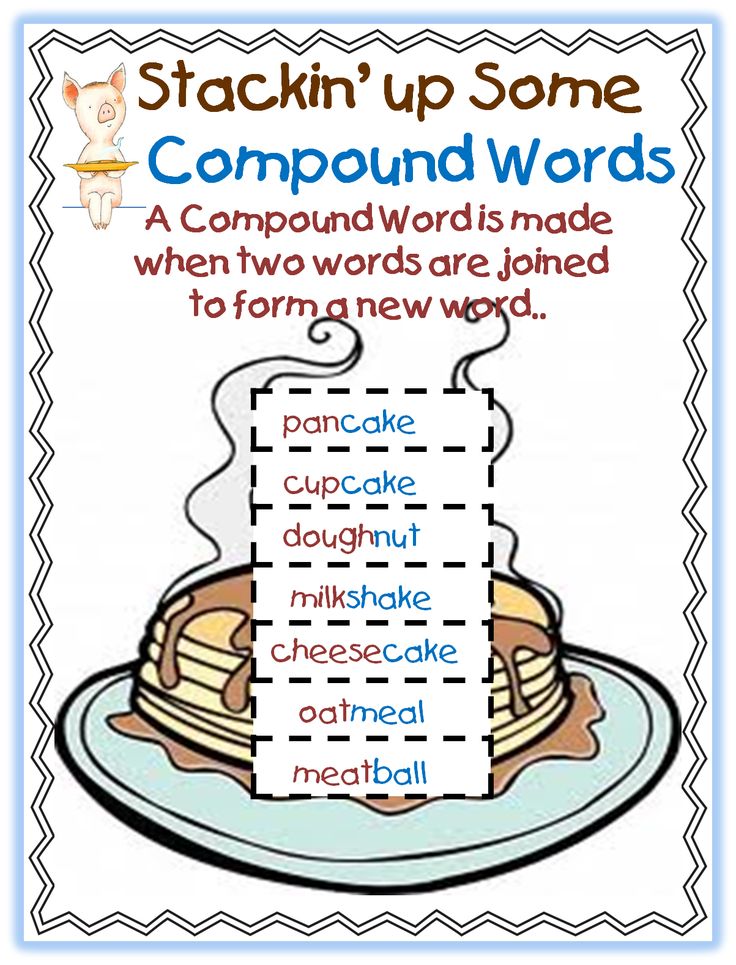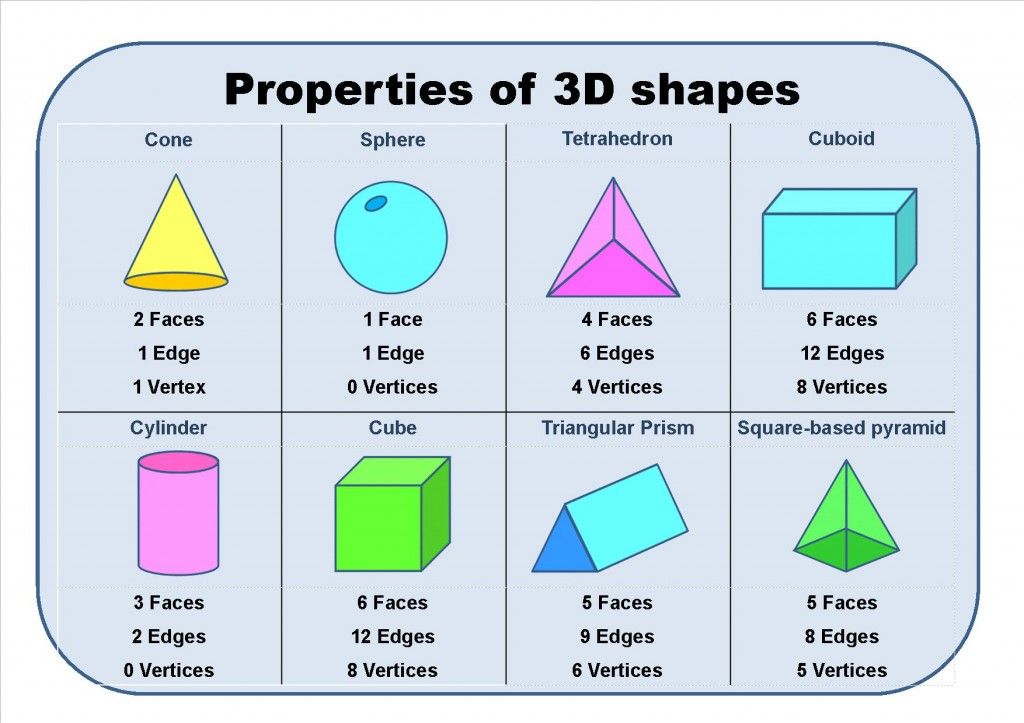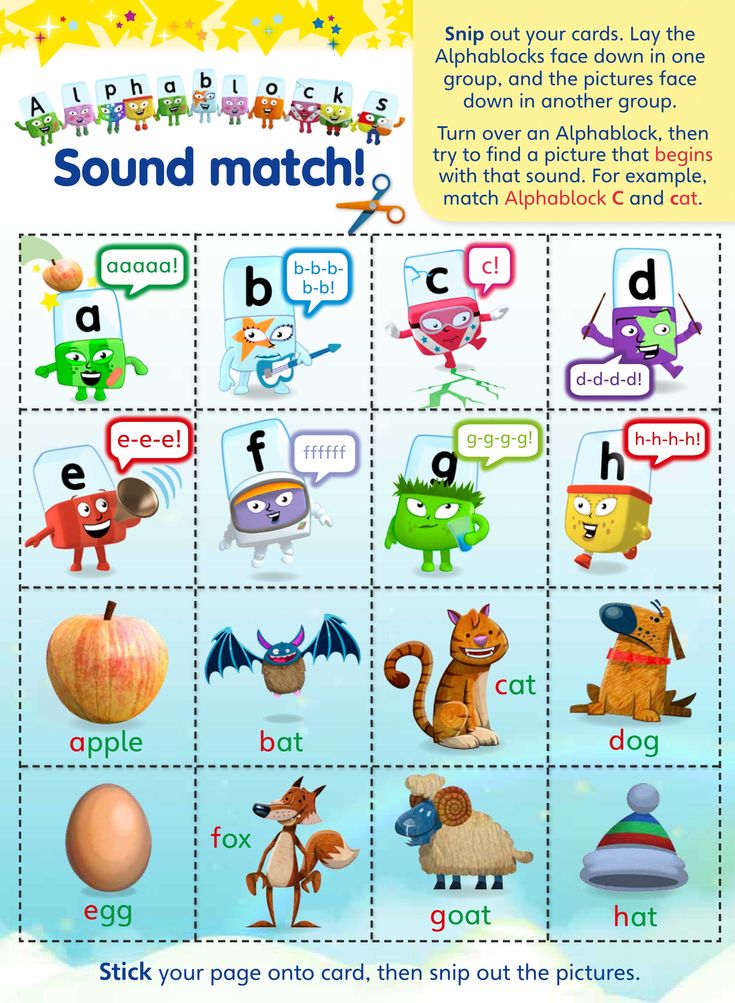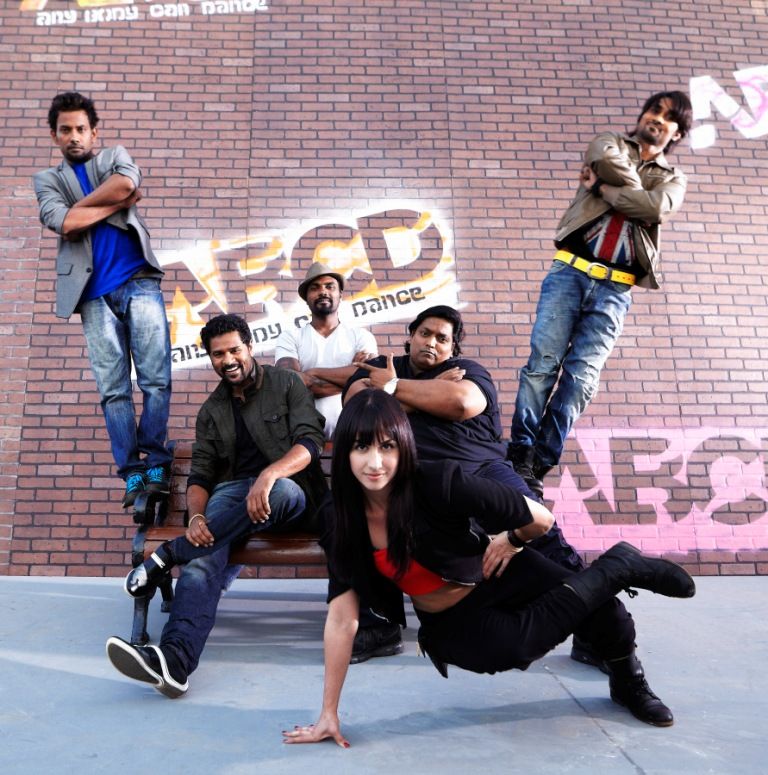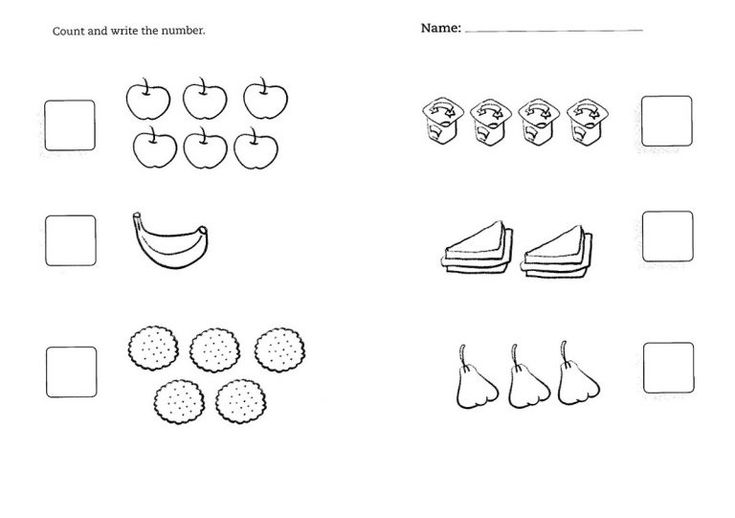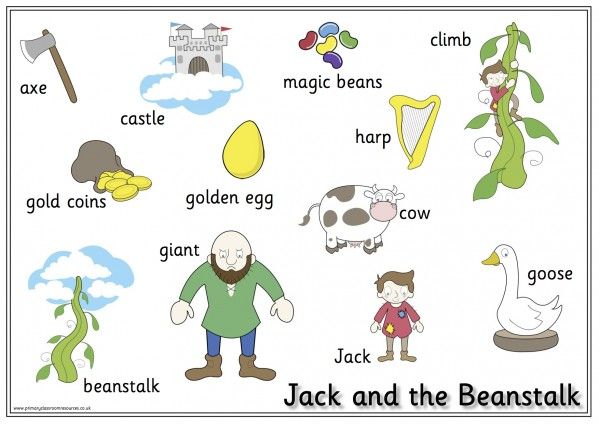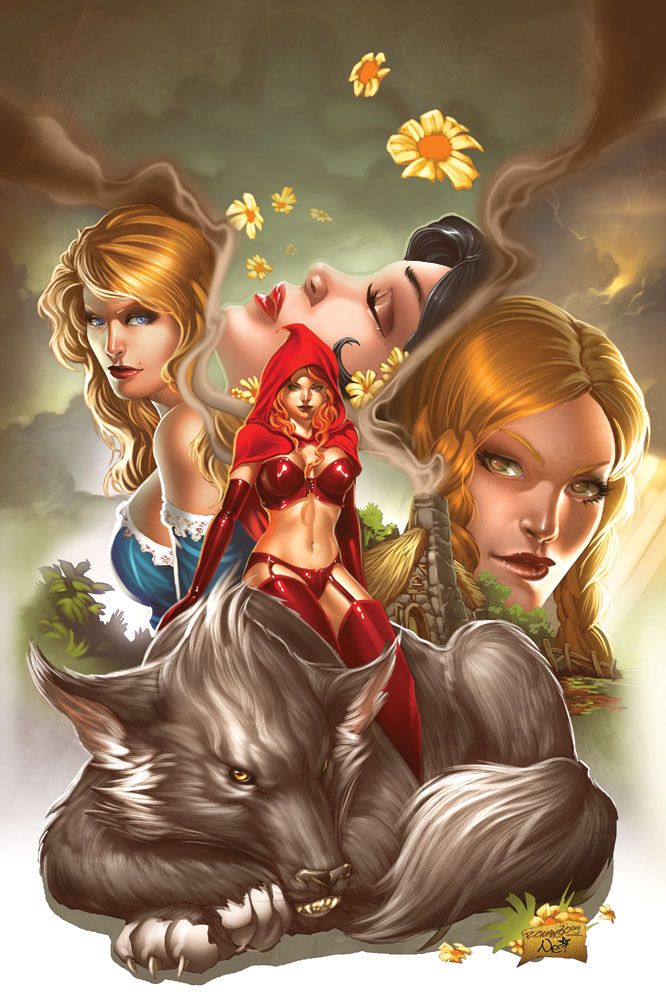Compound words activities for preschoolers
Simple Hands-On Activities to Teach Compound Words
This post contains affiliate links. If you click & make a purchase, I receive a commission at no additional cost to you! Thanks! As an Amazon Associate, I earn from qualifying purchases. Read my full disclosure here.
As elementary teachers and homeschooling parents, we know our kids want interactive games, hands-on learning opportunities, and activities…especially for those skills that are already less than exciting. And the truth is, many language arts skills are pretty dry. So, I’ve created 7 engaging activities to help you teach compound words to your kids.
What are Compound Words?
Compound words are just two simple words put together to form a new word. Obviously, compound words are larger than the individual words that form them, but helping kids differentiate between the words is vital to their understanding.
In the past, many of us felt confident that our kids understood compound words if they could construct one by joining two simple words. And while that is an essential part of the skill, we need to be teaching them about deconstructing compound words, too.
This will ensure that they have completed mastered the skill.
So I’ve put together a list of activities to teach compound words and effectively practice this skill that includes both constructing and deconstructing compound words.
7 Activities to Teach Compound Words
1. Incorporate Anchor Charts
Ok…so this may not seem like an activity, but it is fundamental to learning. ANY time you introduce a new skill, you need to give your kids a visual to help them understand what you are teaching. There is a multitude of research to support the fact that visual aids enhance the learning process.
While every child has unique learning styles, anchor charts prove to be vital to learning; and this is even more evident in the case of visual learners.
After a skill has been introduced and taught, the anchor charts need to be posted in a central location to ensure that those students who need them can reference them at any point in their learning journey.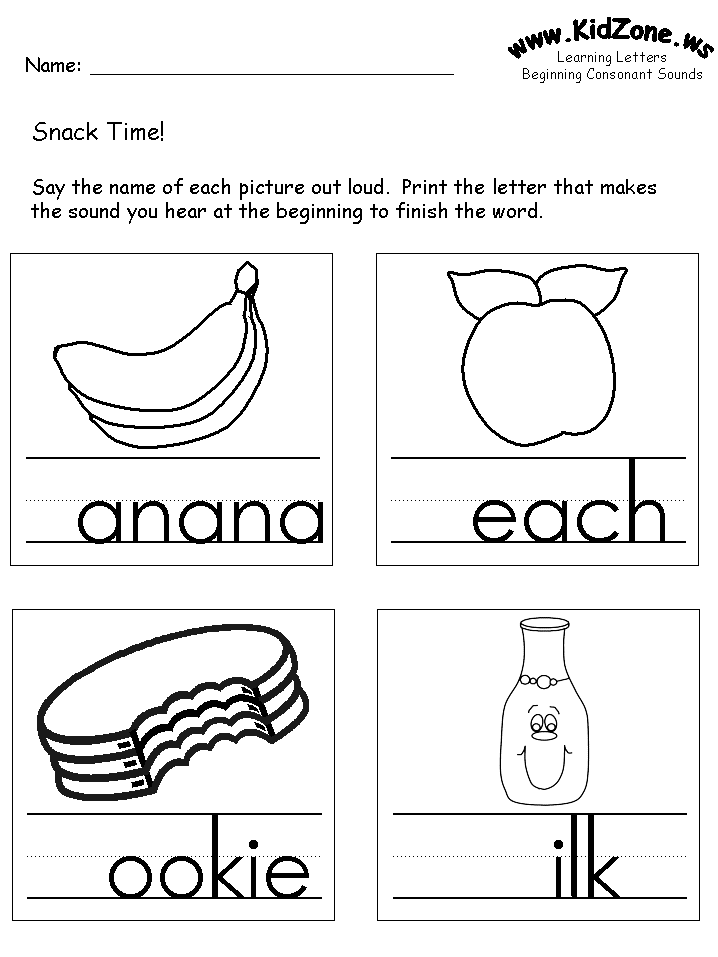
Your anchor chart should include a kid-friendly definition, an example sentence, and a visual representation of the skill. This guarantees that every unique learning style is met in one visual!
You can also print smaller versions of the anchor charts for kids to keep at their desks as a reference. This is a fantastic modification for those students who are visually-impaired.
Quick tip: I always print my anchor charts on cardstock and laminate them to increase the durability and guarantee that they last for several years!
2. Find the Compound Word (Sensory Bin Words)
Turning ANY activity into a game immediately makes it much more enticing for kids. In this activity, your kids will find pictures hidden in a sensory bin/box and match them to the corresponding sheet.
Simply print the color pictures, black and white pictures, or words (or a combination) and place them into a pencil box filled with dried beans, pasta, or rice. Your kids will search through the sensory bin or box for as many pictures as they can find.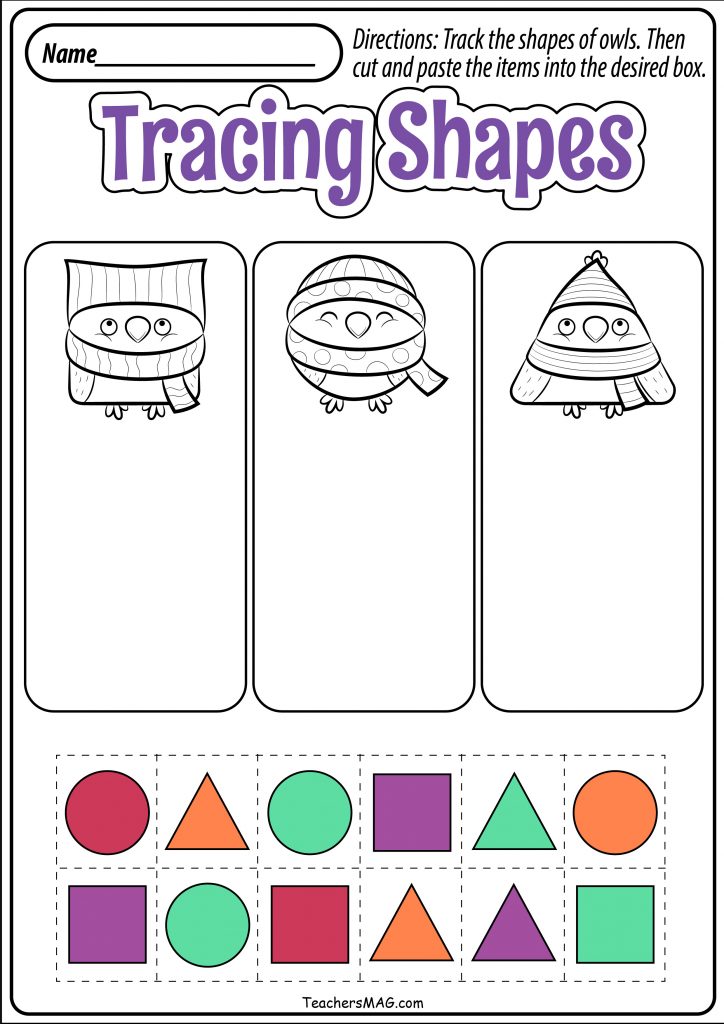
Each time they find a card in the sensory bin, they place it onto the matching sheet to see how many compound words they can create. Trust me…anytime digging is involved, your kids will LOVE IT!!!
Quick tip: To make this more of a challenge for your students, set a timer to see how many they can find in one minute. If that becomes easy, have your students search for the pictures while matching them to the word.
3. Compound Word Puzzles
Any time you can incorporate puzzles into a lesson, it will be a winner with your kids. And the truth is that puzzles allow kids to exercise spatial reasoning and hand-eye coordination while learning a new skill.
These puzzles have been designed to be automatically self-correcting which makes them the perfect addition to centers or stations.
Each compound word puzzle includes 3 pieces-2 simple words and a compound word. There are 3 different levels to give every child the opportunity to be successful.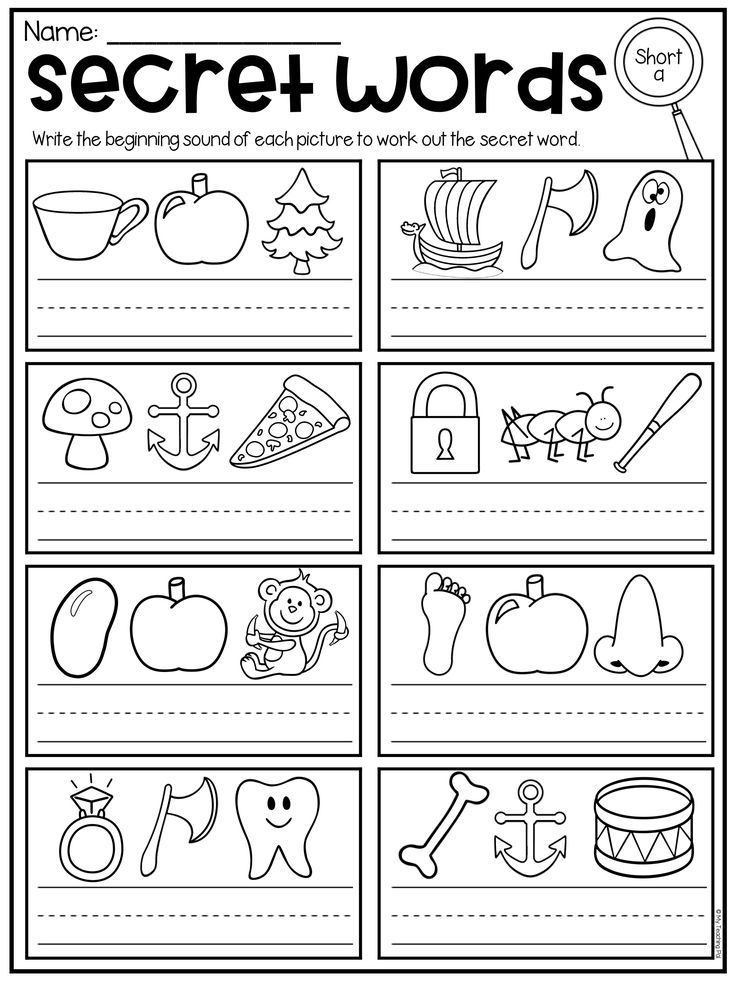
- The first design has pictures only.
- The second design has pictures and words.
- The third design has words only.
Kids will find the two simple words needed to construct the appropriate compound word.
Quick tip: To make the task more challenging, consider mixing the word and picture puzzles so that kids have to mix and match to create the compound word. (Just make sure to you include all of the necessary pieces.)
4. Cut & Paste the Compound Word
Being able to read simple words and then create compound words from those simple words is the basis for understanding compound words. In this activity, kids cut out all of the simple words and form compound words by gluing them into the boxes.
There are two options to meet the needs of your learners.
For younger kids (or those who need modifications), there’s a sheet that includes the traceable compound word. This provides them with a prompt to know which words to include in the boxes as well as the word to trace.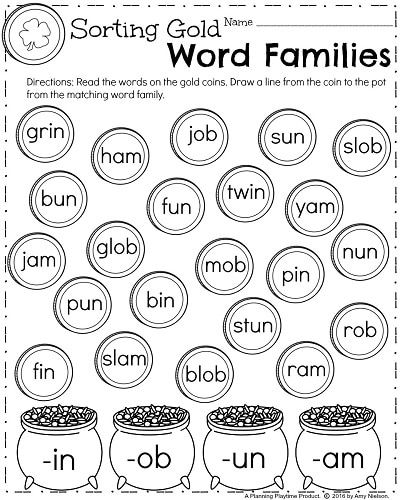
For those students who need a little more of a challenge, there’s a sheet with just blanks. This sheet encourages kids to think more deeply and create their own words using the simple words that are available.
Quick tip: To challenge your students, give them the blank answer sheet without any words to cut out and have them create as many compound words as they can on their own. They will write the two simple words in the blanks and the compound word at the end.
5. Create & Sketch a Compound Word
This activity brings the element of illustration into creating compound words. Your kids will write 4 compound words and illustrate those words in the boxes.
As with the other activities, there are two different versions. One includes traceable words that will provide a prompt for the compound word and the other is blank to give your kids freedom to create any compound word they want.
Quick tip: Have your students draw 3 pictures per box.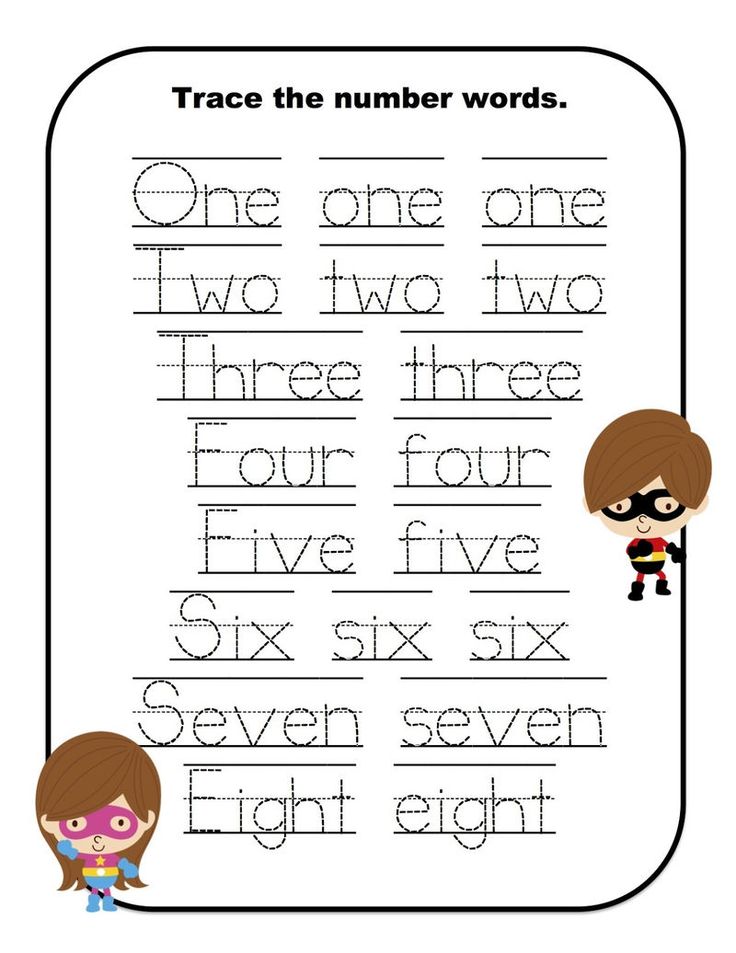 They will draw the simple words and the compound word to flex their artistic illustration muscles.
They will draw the simple words and the compound word to flex their artistic illustration muscles.
6. Compound Word Memory
This is the perfect activity to practice any skill. You simply lay all of the cards face down and try to find matches that will create compound words.
There are three different versions to meet the needs of your kids. The first is just like traditional memory. Players will simply find the same images to create a match.
In the second version, kids have to match the two pictures that create a compound word. The third version is designed for kids to find the two words that go together to make a unique compound word.
To help you with organization, each card has a number in the corner to indicate which group the cards belong in.
Quick tip: To make organization even simpler for you and your kids, print each version on different colored paper. This will make clean up a breeze while keeping all of the cards in the correct groups.
7. Add & Subtract the Compound Words
Kids enjoy activities that are cross-curricular or get them thinking about different subjects! And these activities are the perfect way to combine math and language arts.
Students will have the opportunity to stretch their addition and subtraction muscles by adding and subtracting compound words.
On the addition pages, your kids will add the two words to create the compound word. This reinforces the concept of addition and the “PART + PART = WHOLE” model. (There are two versions to meet the needs of your learners.)
On the subtraction pages, your kids will start with the compound word and then subtract one simple word to create the other simple word. This reinforces the subtraction model of “WHOLE – PART = PART.”
Using these activities to teach compound words and practice this important skill is vital to the success of your kids. They need ample opportunities to construct and deconstruct the words, and that is why I created this compound word activity pack.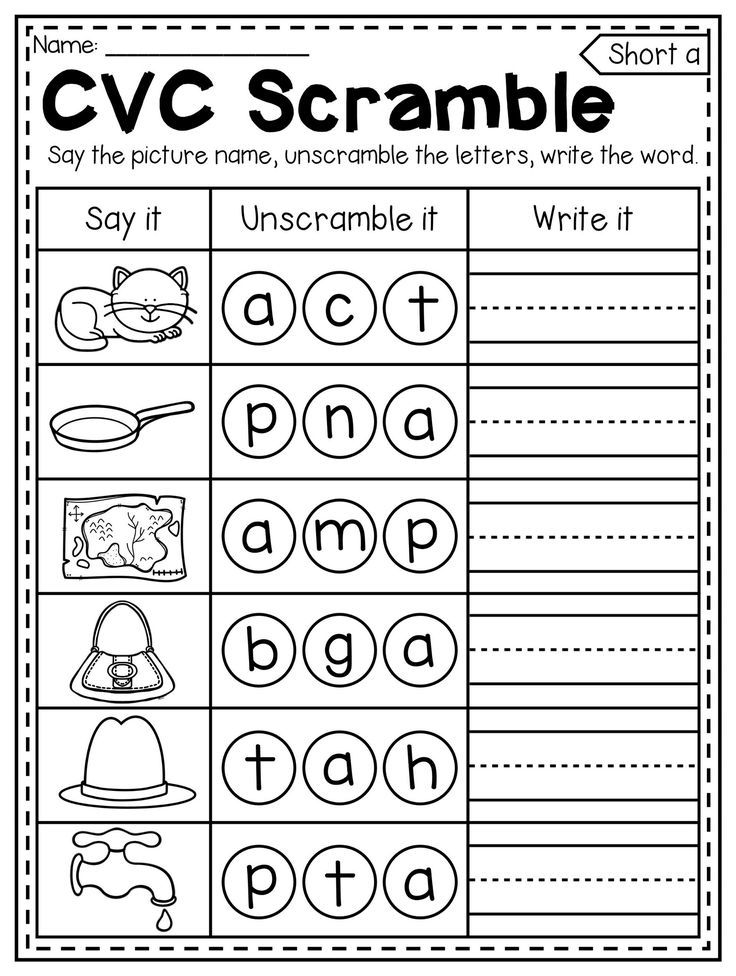
You will find EVERY activity from this post included in the activity pack. It’s the perfect stand alone bundle to teach compound words or an excellent addition to your language arts curriculum. Click here to see this compound word activity pack in my TpT shop!
The 8 Best Compound Word Activities You Need to Try
What do meatballs, butterflies, and cowboys have in common? Not much unless you are teaching compound words to your students this week. This topic can be so fun to teach because of the many different ways you can approach it. Whenever possible, I try to make sure all types of learners’ needs can be met through teaching and activities. I put together a list of some of my favorite compound word activities.
Some of these activities are perfect to use in morning work or literacy stations after students know how to do them. Introduce them during whole group time and then let students keep practicing. These compound word activities were always a hit in my classroom.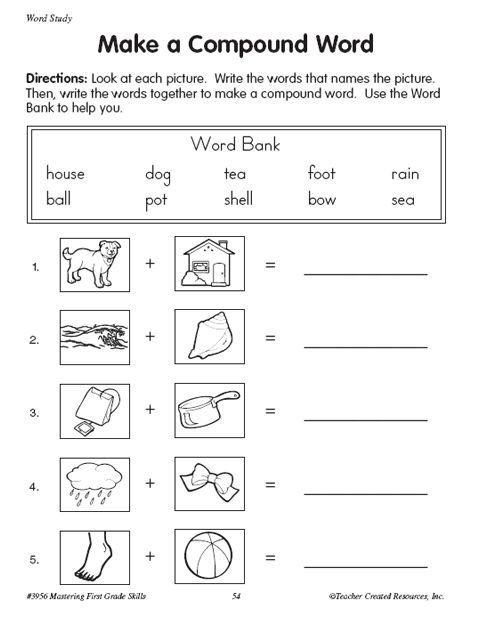 Most importantly, they helped my students really learn and understand this concept.
Most importantly, they helped my students really learn and understand this concept.
Before I jump into the list, I want to share the Compound Words Activities unit. It has everything you’ll need to be totally set for the week teaching compound words. It has a fun character and chant to help you introduce compound words. This unit also has a pocket book, flip book, and picture puzzles. It makes teaching compound words a breeze!
Amazon Affiliate links are used below at no cost to you.
1. Use a song to help you introduce or review compound words.
I love a fun song and video to either kick-off a new concept or to review as we learn. Dr. Jean’s Compound Boogie song is catchy and has great coordinating pictures. It has plenty of examples so your students will really get the hang of it. View it HERE.
2. Create an anchor chart for students to refer to.
A good anchor chart helps make learning visible and accessible to students.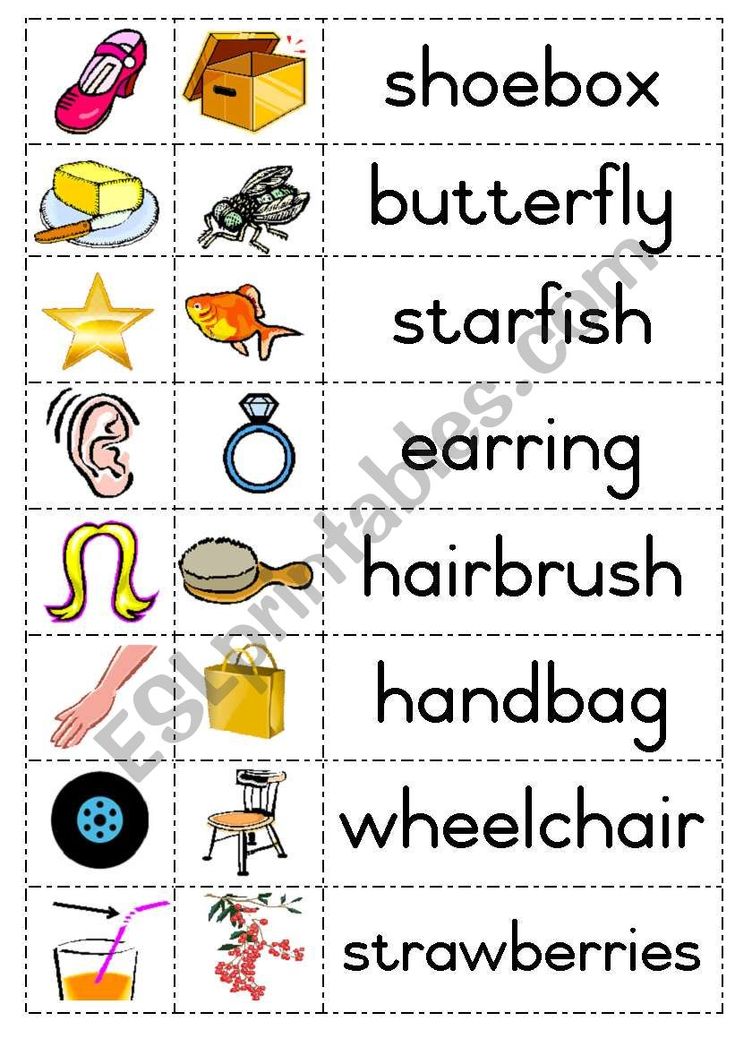 It serves a visual reference for students to look to. I love to make one with the definition of a compound word and a few examples. Then, as the week goes on, we’ll take a minute or two each day and add more examples as students come up with them.
It serves a visual reference for students to look to. I love to make one with the definition of a compound word and a few examples. Then, as the week goes on, we’ll take a minute or two each day and add more examples as students come up with them.
Another fun anchor chart to make is compound words that are food. There are so many! I did this as interactive writing. My students loved adding to this chart!
3. Use read alouds for students to practice listening for compound words.
Read alouds are powerful tools that can help reach auditory learners, build background knowledge, and help grow strategic readers. Read alouds also help you integrate topics, like compound words, throughout the day. While you read, have students listen for compound words. You can have them raise their hands when they hear one. Here are a few books to use for compound words:
- Cloudy with a Chance of Meatballs by Judi Barrett
- If You Were a Compound Word by Trisha Speed Shaskan
- Thumbtacks, Earwax, Lipstick, Dipstick: What Is a Compound Word? By Brian P.
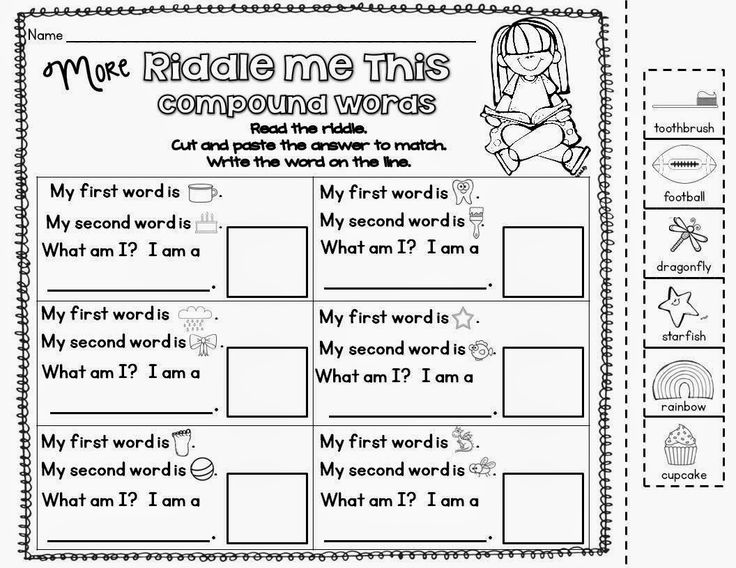 Cleary
Cleary - Once There Was a Bull…Frog by Rick Walton
4. Use Duplo blocks for hands-on practice.
Write words on the blocks by using my favorite Post-It tape on shorter Duplo blocks. Have students place two short Duplo blocks together on a longer one to make a compound word. If you have very low-level readers, you can simply add pictures. You can have students write the new compound word they created and illustrate it if you want something you can check afterward.
5. Implement self-checking puzzles.
Puzzles are such a great way for students to use their hands and brains while learning. Self-checking puzzles help students immediately see if their thinking is correct or not. Just write a word and draw a simple picture on each side of a notecard. For example, tree and house. Make a unique cut, like a zig-zag, and cut the notecard in half. Create several of these and mix them up.
In my Compound Word Activities Unit, I have this activity already done for you.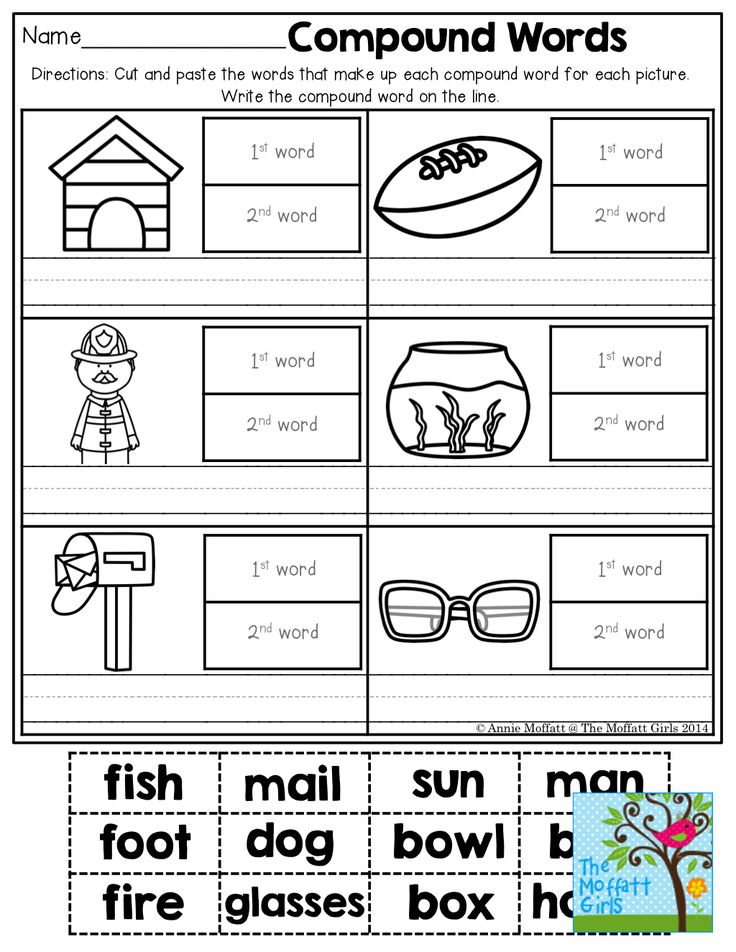 Plus, there’s a recording page to make it easy for students to jot down their matches and for you to check them.
Plus, there’s a recording page to make it easy for students to jot down their matches and for you to check them.
6. Introduce hands-on games to reinforce learning.
Most students in kindergarten, first grade, and second grade know how to play memory. Add a twist to the classic game with compound words. After you introduce this and model how to play, let students practice. Then, you can use it during morning work or in a word work or game literacy station.
- Make picture word cards for the compound word and its two individual words. For example, treehouse, tree, and house.
- Do this for several compound words.
- Next, flip the cards facedown.
- Students take turns flipping over three cards, saying/reading each one.
- Finally, if they flip over the three cards that go together (tree, house, and treehouse), they get to keep them and get a point.
7. Use online games.
There are several games online that you could use to let students practice identifying and making compound words.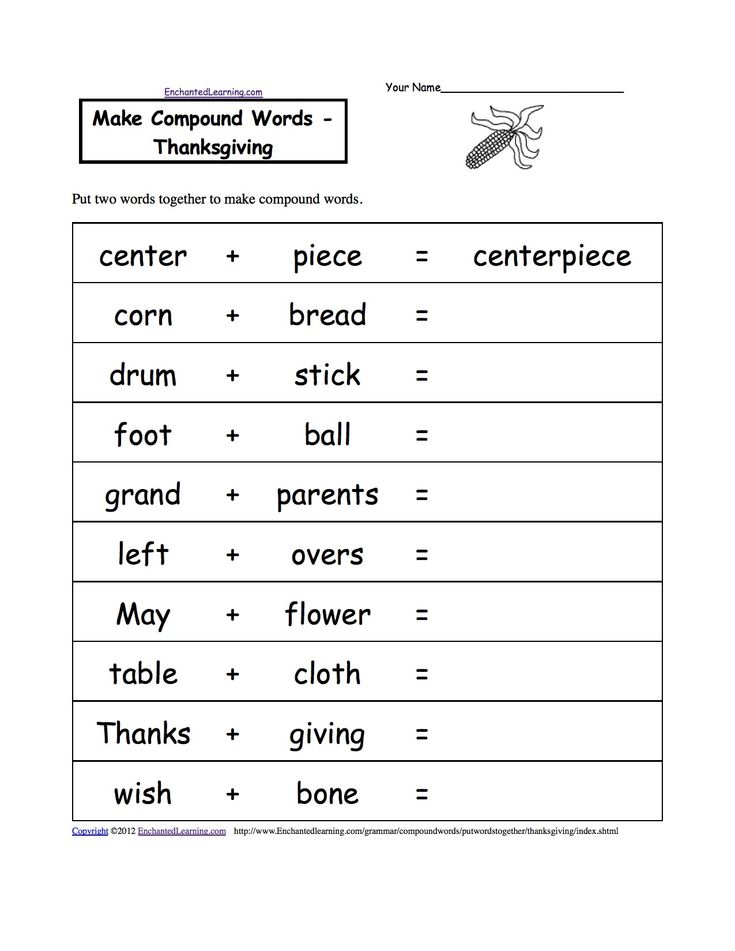 If you have iPads, you could use them in literacy stations. Check out what I found on YouTube.
If you have iPads, you could use them in literacy stations. Check out what I found on YouTube.
- The Guess the Word Challenge is a video that shows two pictures. Students have to guess the compound word before the clock countdown ends.
- Similarly, The Compound Word Game is very similar. The main difference is this game does have some audio of someone saying the name of each picture, and the other game has no audio.
You can have students play two ways:
- Think, pair, and share the answer. Give a thumbs up or down if their partner got it correct.
- Let students write or draw the answers on whiteboards and hold them up to show you.
8. Sort compound words and not compound words.
Sorting is one of the higher-level compound word activities on Bloom’s Taxonomy. Show some examples of compound words with pictures and words that are not compound words. Have students sort them.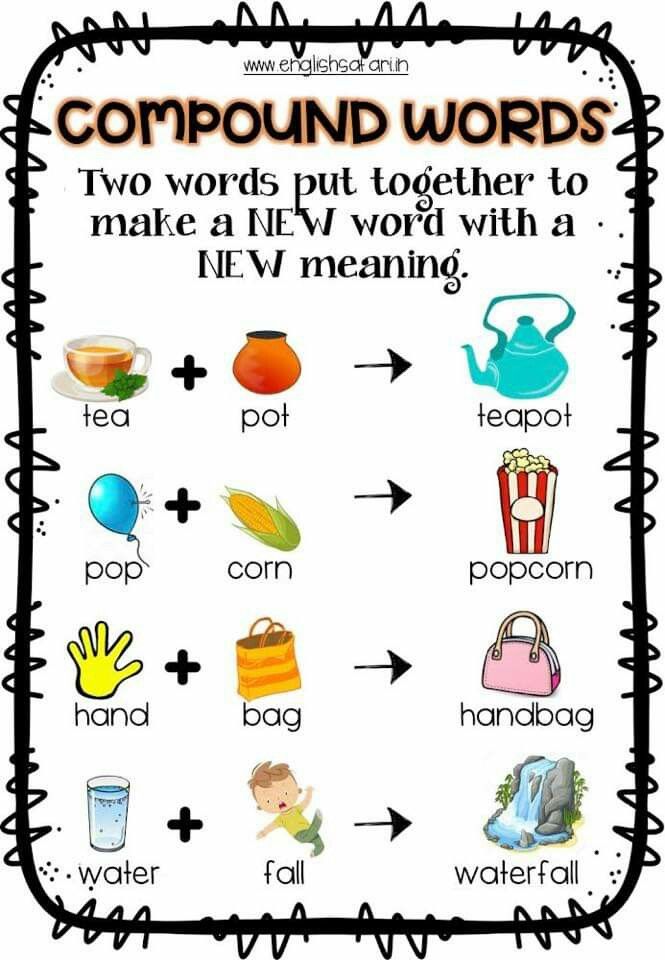
If you want this activity already all planned and done for you, my Compound Word Activities has this activity in it. Students make a pocket book and sort the pictures. I love sorting this way because it’s interactive, and the students can take the pieces out, mix them up, and sort them again.
These eight compound word activities will be sure that the different types of students’ learning needs are met and support your ELL students, too. Remember that with any concept you teach, it’s important to add variety to your lessons and activities. As a result, students will be engaged and learn more effectively.
pin it
Do you have any must-do compound word activities? Leave a comment and let me know!
Shop This Post
Compound Word Activities Unit : This unit has interactive activities to help you teach compound words and help your students master this standard. It includes:
- Fun Compound Word Chant
- Compound Connection Puzzles (18 picture puzzles and recording sheets)
- Compound Connie (character used to help introduce the concept with activities)
- Pocket Book for Compound Word Sort
- Compound Flip Book (creating compound words)
Want to use the latest research to boost your readers during small groups? This FREE guide is packed with engaging ideas to help them grow!
Didactic exercises for the development of speech in the preparatory group.
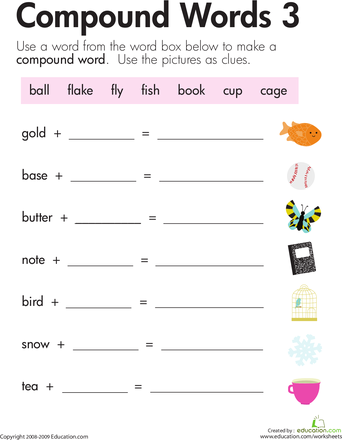 | Card index for the development of speech (preparatory group) on the topic:
| Card index for the development of speech (preparatory group) on the topic: Didactic exercises for the development of speech
in the preparatory group.
- The ability to form words using the merger of the two foundations
All steamboats, all steam locomotives
Steam for walking and driving.
All planes fly themselves,
And pedestrians are you and I.
Didactic exercise "Say in one word".
- The elephant has thick legs, so it is called ... (fat-legged).
- The giraffe has short hair, that's why it's called...
- the monkey has a long tail, that's why it's called...
- the walrus has long whiskers, that's why it's called... ).
- the nightingale has a sonorous voice, therefore it is called ... (sonorous).
- the swallow has a long tail, so it is called ... (long-tailed).
- the magpie has white sides, so it is called ... (white-sided).
- the titmouse has a yellow breast, therefore it is called .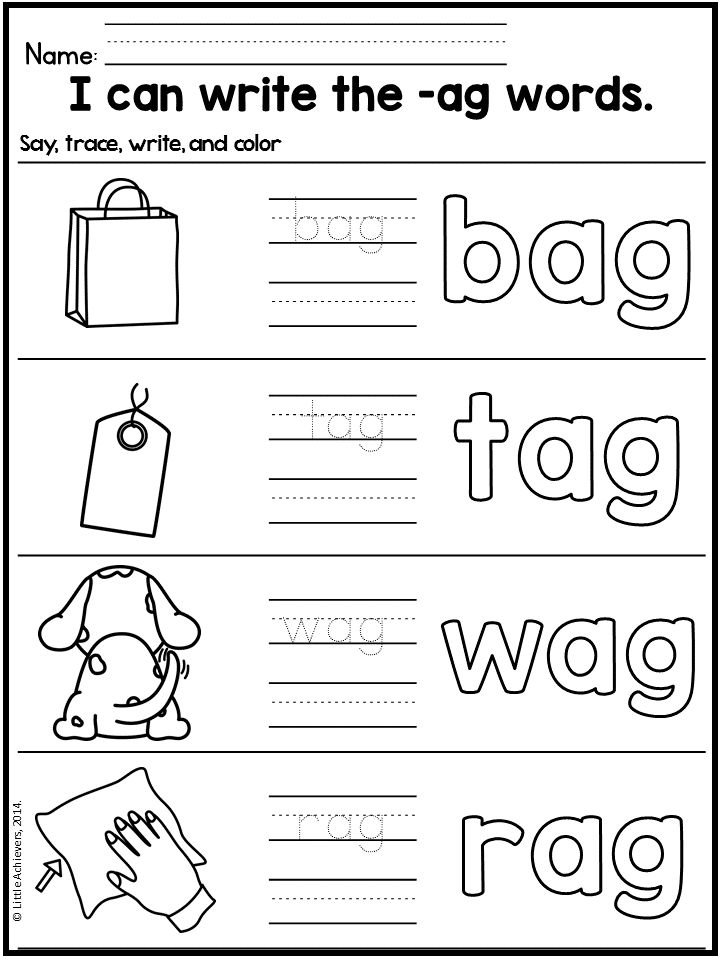 .. (yellow-breasted).
.. (yellow-breasted).
- the woodpecker has a long beak, so it is called ... (long-beaked).
- the crow has black wings, so it is called ... (black-winged).
Who will see and name more.
Purpose: to highlight and designate the external features of the object with a word.
The teacher and the children examine the doll, name the items of clothing and appearance (eyes, hair). The doll has green eyes, which means she is ... (green-eyed), black hair, which means she is ... (black-haired). Then comes the bunny. They say that he has a gray (soft, fluffy) fur coat, long ears, in one word you can say: a hare is long ... eared (long-eared). And the tail of the hare ... (short), so it is short-tailed. The cat is smooth, fluffy, her paws are white, which means she is ... white-footed. For correct answers, the doll gives the child flags (ribbons).
The game in the formation of compound words - the game "Echo".
leaves fall - the leaf fall goes itself - self -propelled gun
Snow falls - snowfall honey wears - honey plant
Water falls - waterfall calls in vain - wasteland
stars falls - starship hay mows - hayfield
Drivers - Gardener walks everywhere - all -terrain vehicle
planting forests - arborist - base for oil - tank farm
transports timber - a timber truck carries water - a water carrier
flies by itself - an airplane sucks dust - a vacuum cleaner.
Didactic exercise "Compound words".
Purpose. To teach children to form complex words by merging two stems.
Visual material: pictures.
Vocabulary:
catches fish ... (fisherman), breeds bees ... (beekeeper), flies himself ... (airplane), cuts wood ... (lumberjack).
Didactic exercise "Name the car in one word"
Purpose. Exercise children in the formation of complex words.
Game in progress. The teacher tells the children; "A machine that peels potatoes is a potato peeler."
Vocabulary: coffee maker, coffee grinder, vegetable cutter, juicer, vacuum cleaner, polisher, clay mixer.
Name in one word a car that:
Carries milk - a milk truck;
Mixes concrete - ... (concrete mixer)
Carries water - ... (water carrier)
Digging - ... (dredge)
Laying pipes - ... (pipelayer)
Crushing stones - ... (rock crusher).
Reading and retelling of a fairy tale
Argument of machines
The fairy tale introduces the formation of nouns by merging stems:
noun + verb.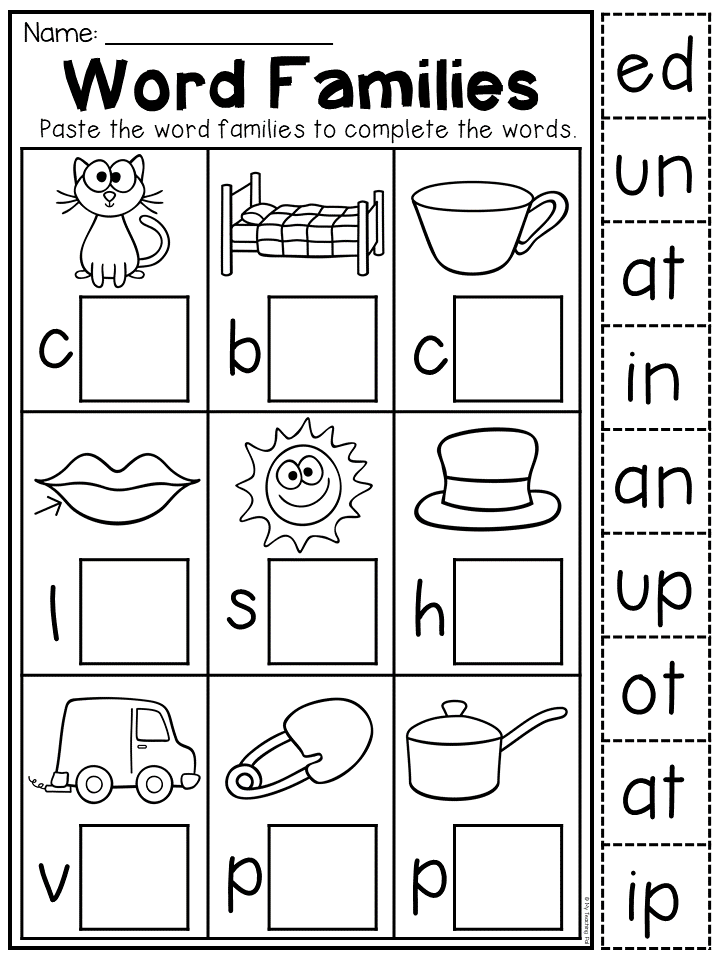
There was a dispute among the machines: which one is the most important? What is the most needed?
- I can dump the load myself, - said the Dump Truck.
- You can't do anything without me! After all, only I know how to carry gasoline, - the Fuel Truck rustled.
- I'm the most needed at the construction site, the Concrete Mixer intervened.
- And who carries milk for babies? I'm Dairy!
Here the kitchen machines thundered, crackled, screeched:
- Without us, a big lunch and dinner cannot be cooked. We are needed! We are important!
Bread cutting - Bread cutter needed,
Vegetables cutting - Vegetable cutter,
Meat cutting - Meat grinder,
Coffee brew - Coffee maker,
Juice squeeze - Juicer.
- You all only know how to litter, but I love cleanliness, I'll suck up all the dust in an instant, - the Vacuum Cleaner buzzed. - There is no car in the house more important than me!
- Eh, just stay at home with you! – puffed Steam locomotive. - Here I am - this is a car! There is such a strong vapor in me. I can carry heavy wagons with him. And my brother Locomotive carries passengers to distant lands. He has a lot of warmth inside.
- Here I am - this is a car! There is such a strong vapor in me. I can carry heavy wagons with him. And my brother Locomotive carries passengers to distant lands. He has a lot of warmth inside.
- No, I'm the most important! I walk on the seas, on the waves at full speed, - boomed Steamboat.
- You made me laugh! The most needed is the one who is the fastest, the one who flies himself, said the Airplane.
Only the smart computer was silent, thinking. And then he said:
- We are all needed, we are all important. But we all need a Human. He invented us. The most important person.
Questions and tasks
- Recall with your child the names of cars from a fairy tale: he dumps the load - a dump truck, carries milk - a milk truck. Etc.
- Invite the child to remember the names of other machines formed in the same way (lawn mower, hay mower, dough mixer, coffee grinder, etc.)
- When a child retells a fairy tale, pay attention to the correct pronunciation of complex words.
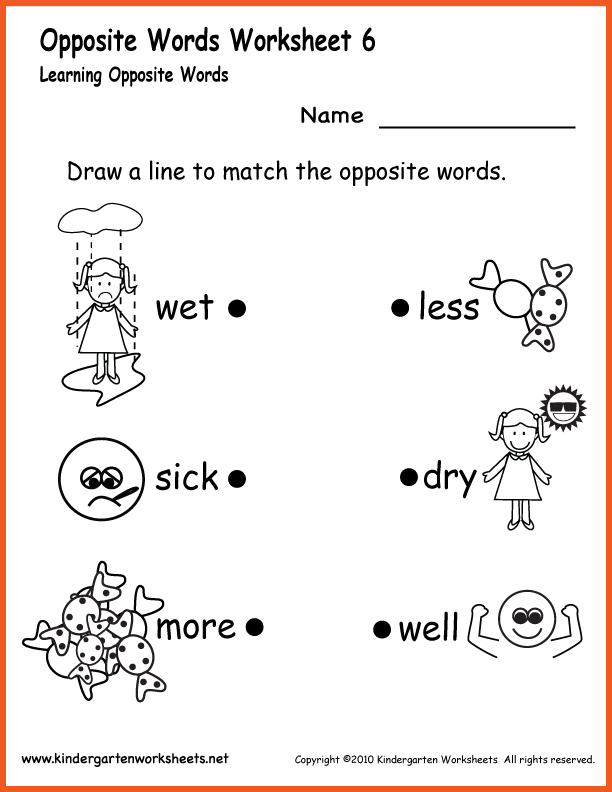 It is important that children understand the meaning of the bases that make up the word, this will help to avoid mistakes when writing such words in the future.
It is important that children understand the meaning of the bases that make up the word, this will help to avoid mistakes when writing such words in the future.
- Exercise in the formation of single-root words
"Build a chain"
Purpose: to teach children to form single-root words and match them to a given word.
Material: Pictures - symbols meaning objects, seasons, etc.
Game progress:
The teacher gives the task to the children to build a chain of words with the same root (that is, to choose related words for a given word). She shows a picture. For example, with the image of snow:
Snow - snowball - snowy - snowman - snowdrop.
Winter - winter - winter - wintering - wintering.
Back: Players are asked to come up with as many related words as possible.
Forest – woodland, woodland, forester, forester, arborist, forestry, undergrowth, woodland.
Genus - native, parents, relatives, homeland.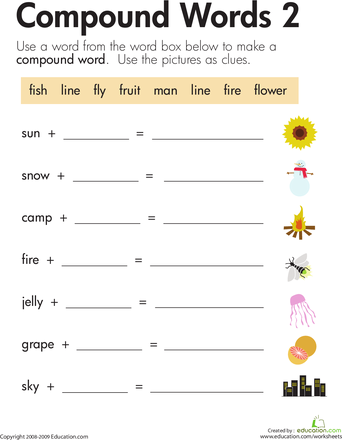
Snow - snowball, snowman, snowflake, Snow Maiden, snowballs, snowfall, snowy.
Winter - winter, winter, wintering, wintering, wintering, winter, wintering, wintering.
Ice - ice, ice floe, ice floe, glacier, ice drift, ice, ice, ice.
Oak - oak, oak, oak, oak grove, club.
Birch - birch, birch, birch, birch forest, boletus.
Which word is "extra"?
Hot, warm, greenhouse, warm
Mountain, mountainous, highland, burning
Stony, stone, hardened, petrified
Driver, water, whirlpool, underwater
Speech, river, river, stream
Clockwork, wind-up, driver, watery
Flamed up, burnt, burner, slide
Forest, ladder, forestry, forester
Wolf, wolf, fiber, wolf cub, she-wolf.
Squirrel, squirrel, squirrel, lair, squirrel.
Cow, cowshed, bark, cow
Sheep, mutton, mutton, bagel
Match the root word to the word.
"HOUSE" - a house, a hut, a hut, houses0003
"CHAS" - watchmaker, time, minute, particle
"BABY" - child, baby, kids, child excellent)
Four Wishes
Purpose.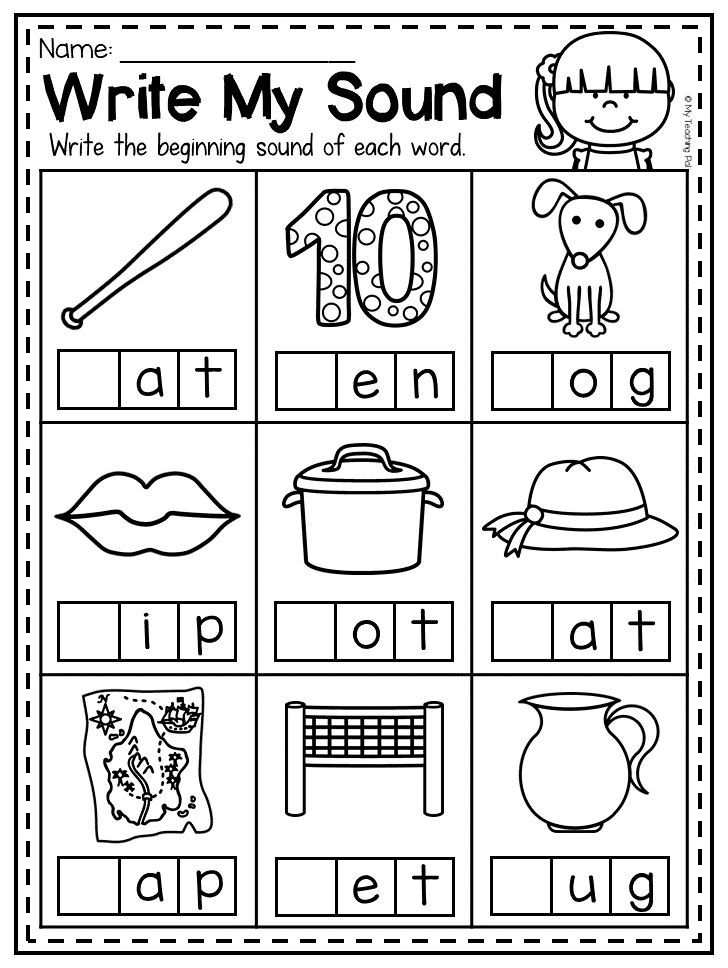 Continue to teach children to form comparative and superlative adjectives.
Continue to teach children to form comparative and superlative adjectives.
Game in progress. The teacher tells the children;
Each season seemed better to the boy than the previous one. Summer was good, but autumn was better. Now let's compare. Spring is warm and summer is warmer or very warm. Grass is green, and greener or very green after rain. In late autumn the sun is cold, while in winter it is colder or colder.
Cheerful - more cheerful - more cheerful.
High - higher - very high.
Slim - slimmer - slimmer.
Light - lighter - very light.
Complete the sentence (formation of the comparative degree of adjectives).
The plane flies high, but the rocket is higher.
The plane is flying far, but the rocket is farther.
The plane flies fast, but the rocket is faster.
The plane is powerful, but the rocket is more powerful.
The plane is big, but the rocket is bigger.
The plane is heavy, but the rocket is heavier.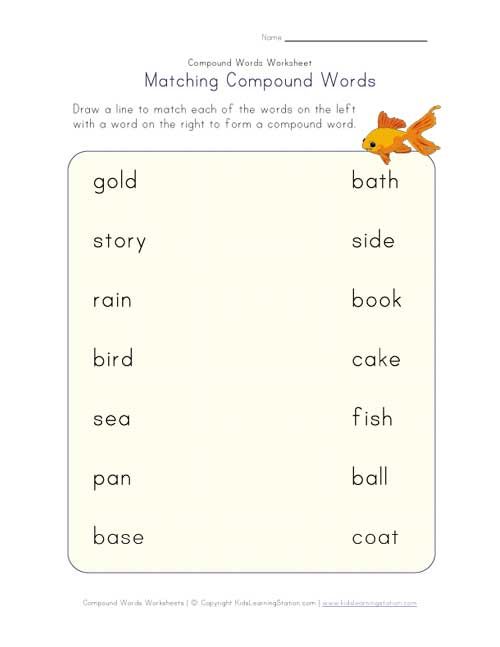
The plane is spacious, but the rocket is more spacious.
The plane is long, but the rocket is longer.
The plane is fast, but the rocket is faster.
Pick a pair (formation of the comparative degree of adjectives)
The cucumber is big, but the marrow is bigger.
The beans are small, and the peas ….. (smaller).
The cabbage is large, but the pumpkin .... (more).
Zucchini is green, and cucumber .... (greener).
The tomato is red, and the beets .... (redder).
Radishes are small, but peas .... (smaller)
Potatoes are hard, but pumpkins ... (harder)
“Finish the sentence”
Purpose: to teach children to use the comparative degree of the adjective.
Material: Pictures of big and small houses, a river and a pond, 2 different flowers, summer and autumn, grass, winter.
Game progress:
Children are invited to complete the sentence:
This house is high, and this one is still .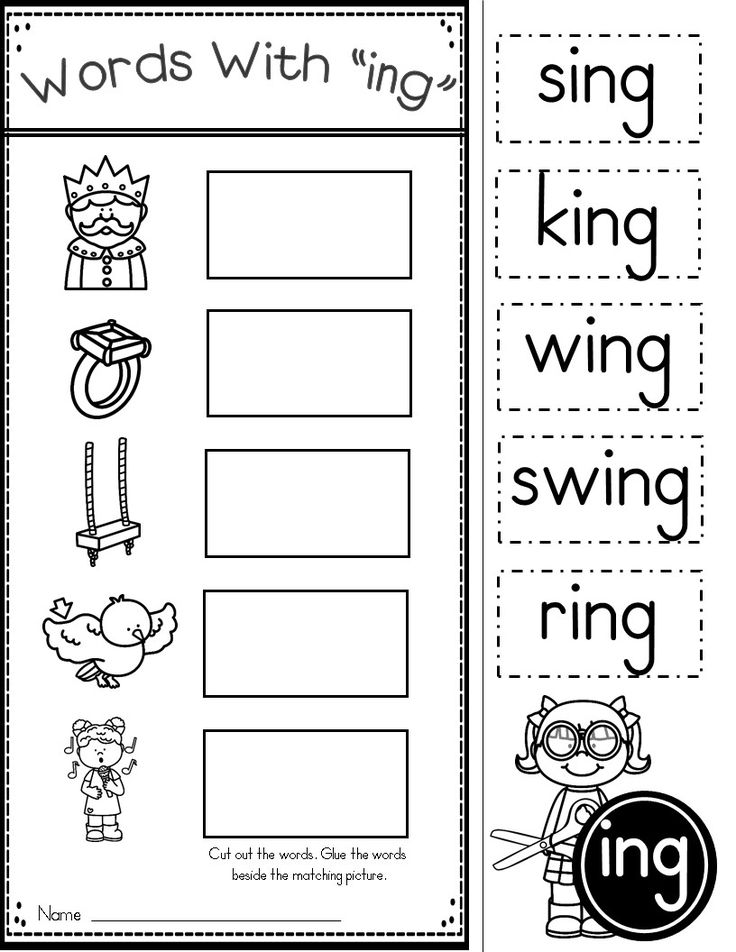 .. (higher)
.. (higher)
Our river is deep, and the pond is still ... (deeper)
This flower is beautiful, but this one is still ... (more beautiful)
The summer was good, but the autumn was still ... (better)
The grass is green, and after the rain even more ... (greener) )
| III . Consolidation exercises 1. Fairy-tale heroes Explain why they name is: 1) Blue-eye; 2) Goldilocks; 3) Snow White; 4) Chernomor; 5) Moidodyr; 6) Thumb boy; 7) Cinderella; 8) Firebird; 9) Dunno; 10) Cannibal; eleven) The Little Humpbacked Horse; 12) Snow Maiden; 13) Santa Claus; 14) Little Red Riding Hood . Which of these words complex? How are they educated? What other fairy tale characters have names built on vocabulary? 2. Teremok. Remember how the inhabitants of the fairy-tale tower called themselves: - Someone in a little house lives? How formed their names? 3. Tablecloth, boots, hat, carpet, flower, harp, sword . Why are they so named? Which of the names are compound words? 4. Crafts . Explain what the following names of people according to their kind mean. activities: cook , lumberjack, tracker, chimney sweep, St. John's wort, swineherd, barber , chiropractor, navigator, fisherman, commander, governor, chronicler , water carrier, glassblower, salt-worker, stone-cutter, steelmaker, flour mill , stargazer, balloonist. Try for explaining the meaning to use the roots of the compound word. Sample : barber - one who shaves beards . For selected words, try to find more modern names, for example: barber – hairdresser . Compare old and new names (orally). 5. Nicknames . A compound word is a whole picture that visually represents situation with two images. Based on these images, Name. On them, you can imagine the picture itself. Remember how name people by their qualities and habits. Explain how you understand the following items: couch potato, sycophant, stay-at-home, loafer, white-handed, parasite, flayer, slow-witted, sucker, water drinker, sweet tooth, live-eater, idler, blabber, murderer, scoff, skygazer, hookmaker, lip-slapper, krokhobor, swindler, clicker, sissy, daredevil, flirtatious . Use explanatory diagrams: One who (does something / something / somehow). The one at someone (something some) . Pay Attention! Words ending -a - general kind, i. 6. Tumbleweed and daredevil Some words are formed by adding the imperative form of the verb to the noun. It - word formation according to the type of fusion. There is no legal connective in these words. vowel, but the verb -and is retained. As a rule, such words are written together (exception - tumbleweed , an example of an incomplete adhesions). Remember the words formed by this model: Daredevil, adonis, vertisheyka, redstart, vertihvostka, dzhimorda, tumbleweed, hoarder. Who or what do these names mean? 7. Flora and fauna . Write out the list in order names: 1) animals, 2) birds, 3) fish, 4) insects, 5) plants, separately Write down the names of mushrooms. Try to explain the names using the diagram: That (the one) who . Rhino, centipede, lyrebird, silkworm, anteater, flycatcher, tumbleweed, platypus, petrel, wolfhound, weevil, rudd, water strider, russula, wagtail, coltsfoot, shrew, nightjar, silver carp, adonis, don't-touch-me, kingfisher, fly agaric, redstart, thistle, bark beetle, willow-herb, tryn-grass, algae, yarrow. What words are not fit into the diagrams? 8. Inventions . Write down from the list first the names of the vehicles, then instruments and mechanisms: All-terrain vehicle, plumbing, ice axe, scooter, mousetrap, samovar, hole puncher, snowmobile, steam locomotive, coffee grinder, excavator, vacuum cleaner, helicopter, glass cutter, lunar rover, butter churn, lightning rod, plane, toothpick, steamer, dump truck, garbage chute. Try to explain titles using schemes: What ... , What ... , What, on how ... . Come up with the name of the device (mechanism, means of transport) that you would like invent. 9. Technique . As you can see, for naming inventions all over the world, it is widely Latin and Greek bases are used. The Russian language also has a lot of words with such elements: auto - (self), audio - (sound), aero - (air), velo - (fast), video - (visible), kino - (borrowed from German Kino ), kosmo - (universe), moto - (motion), micro - (small), stereo - (spatial), tele - (far), thermo - (hot), photo - (light), electro - and others. Compound words with such parts are written together . The element air - is also written together (short for aviation ). The second part can be both foreign ( - mobile , - meter , - background , - scope , - gram , - count and others), as well as the Russian base (for example, photo + exhibition, electric + oven ). Remember how you can more complex words related to technology, which use Latin and Greek bases. 10. Science . Latin and Greek roots are used to name the sciences and scientific fields of study. The second part of such words is usually Greek stems -log- (from logos - "word"), and -graph- (from column reference , for example, linguistics, natural science, literary criticism ). 11. Nature and weather . First write down the names of natural phenomena, names of localities and natural objects: Snowfall, solstice, plateau, earthquake, whirlpool, shallow water, ice drift, starfall, ice, light forest, sky, freezing, dry wind, forest-steppe, leaf fall, windbreak, deadwood, waterfall, full moon, equinox, sunshine. Explain meanings compound words using descriptive schemes: for phenomena - When . 12. Calendar . Explain how you understand the names of the months. Look, what names characterized the calendar months in Rus': September - golden leaf, leaf fall; October - leaf fall; November - semi-winter trailer, leafy ; February - blizzards, side seas ; March - Zimobor ; April - snowman, Aquarius ; June - hoarder, grain grower, raznotsvet, svetozar ; July - senozarnik ; August - hospitality, pickle, store-collector, goose-eater . 13. Occupations and qualities . Write down the names first people's occupations, their pastimes, then the names of their qualities: Tea party, ambition, travel, innocence, round dance, needlework, mercy, haymaking, indifference, idle talk, frivolity, self-will, scuffle, pride. Explain them meaning. Which of them fits the descriptive scheme: That, when. 14. What are we? First write down the signs related to the appearance of people, then to character, then signs describing animals: Blue-eyed, lanky, curious, short-haired, lop-eared, broad-shouldered, hard-headed, soft-bodied, undersized, generous, peaceful, half-witted, long-tailed, good-natured, sharp-faced, frivolous, blond, snub-nosed, lop-eared, independent, crazy. Explain them values using the scheme Such, who has..., Such, who... Describe your appearance. Describe your own or familiar dog or cat. 15. Fairy Creatures . You probably know mythical creatures: dragon, centaur, sphinx, capricorn, unicorn. In "Underground country "A. Volkov there were six-legged (read: A. Volkov . "Seven underground kings"), in "Winnie the Pooh" - Heffalump. Try to come up with your fabulous creature: give it a name, describe its appearance and character, using compound words that exist in the Russian language and are composed you. 16. Soul . With stem soul there are many compound words:
Many of them came to us from the Old Slavonic language, where they were built on the model of Greek words. Form these complex words and try to explain the differences in their meanings. 17. Complete : 1st grader, 2-grader, 3-grader, 4-grader, 5-grader, 2-year-old, 10-volume book, 100m, 50th anniversary, 90-year-old, 80-year-old, 40-year-old, 1-story, 4-storey, 1-fold, 2-fold, 3-fold, 4-sided, 5-sided. What are the basics used in these words? What words have two different stems? 18. 2-headed eagle, 2-headed calf, 2-legged creatures, 2-wheeled bike, 2-sided negotiations, 2x champion, 3x champion, 3x cheers, 3-gon, 4-gon, 4-grader, 2-power, 2-week courses, 3-digit number. 19. Find all compound words in the texts. Determine the ways in which they are formed. a) But the young princess, Month, month, mine my friend, (A.Pushkin) b) Dear wagon respecter! (S. c) At the School of Witchcraft and Wizardry Harry Potter and his classmates studied herbalism, potions and other subjects. Hermione subtracted in the book "Strong Poisons" that for the revolving potion of algae collected on the full moon, lacewings insist three weeks. (Read: J. Rowling . "Harry Potter and the Chamber of Secrets") d) NIICHAVO (Research Institute of Witchcraft and magic) Monday began on Saturday, because experiments on magic transformations were more interesting than the usual Sunday pastime. (Read: A. and B. Strugatsky . "Monday starts on Saturday") e) Space pirates Veselchak U and Rat rushed from the future to searching for a newly invented device that helps to hear other people's thoughts - myelophone. This device, sixth grader Kolya, traveling in time, accidentally took with him into the 20th century. (Read: Kir Bulychev. "100 years ahead") e) The noble knight Don Quixote traveled on the roads of Spain in looking for adventure with his faithful squire Sancho Panza. 20. City . Almost all city institutions, organizations and enterprises have additional complex abbreviated names. They are often used in speeches, and sometimes found on signs. Remember the signs you reading on the city streets. Time passes, names become incomprehensible, signage is changing. Try to explain how the following are arranged - old and modern names. Department store, Soyuzpechat, stationery, manufactured goods, supermarket, dry cleaning, religious goods, sberbank, kindergarten, main post office, agricultural products, military registration and enlistment office, building materials, tire fitting, scientific research institute, MAOU SOSH, TYUZ, SEC, DK . 21. Guess the word. Task: guess and write down the word according to its interpretation lexical meaning. Machine that cleans cotton; a factory where ships are built; paper sensitive to light; building, built of iron and concrete; a machine that clears the road of snow. 22. The game "Who is more?" Form compound words with given words: Snow, himself, bird, fall, roll, catch, fly, water, stone, farm, factory, cleaning. 23. Crossword . 1. Gardening Specialist. 2. Steam engine locomotive. 3. Channel for the exit of smoke from the chimney. 4. Russian folk dance game. 5. Forest felled by a storm. 6. Unscheduled, spontaneous deeds, work. 7. Firearms.
24.
1. 2. Vessel driven propelled by a steam engine. 3. Large kettle on legs. 4. Russian folk game - dance. 5. Forest, felled Storm 6. Spontaneous move affairs, work without a plan, without guidance. 7. Firearms. 25. For the words of the left column, select the words that are appropriate in meaning words from the right column. Write down a compound word, graphically indicating choice of connecting vowel.
26.
27. composition. 28. Fill in the missing letters, underline the connecting vowel. 29. Write down the answers, highlight the root, tell us about the method word formation. Despite the bad weather, There is a specialist such Who catches the birds? (Poultry) Who cooks steel? (Steelworker) Who breeds bees? (Beekeeper) We have in the apartment robot, My uniform shines brightly, It takes off without acceleration, Guessing children riddles: Flies like a bird buzzes, I am not a butterfly, not bird, It flies high, Handy, toothy, Steam locomotive without wheels! Running horse, out of the ears smoke column If the river runs through the pipe There is a hole in the sky, in earth - a hole, What a miracle! He co flavor I will see the dust, I will grumble, The Man Who Walks on the way to. 30. Form and write compound words. Sea, walk; fish, catch; duck, nose; path, procession; fly, starve; water, pump; steel, cook; black eye; second class; labor, love; bee, breed. Second, measure; livestock, breed; root, fruit; love, knowledge; first grade; skates, run; fire, put out; green, eye; vegetables, cut; tooth, brush; animal, farm. 32. artistic text. - from tongue twister: An angler catches a fish, the whole catch floated into the river; - from a poem: Falling leaves, falling leaves! Our garden is crumbling! Leaves in the wind fly, Rustling underfoot.
33. “Dunno riddles” highlight the words that make up them, make phrases with these words. Black-eyed , multi-colored , four-story , snow white , blonde , snow white .
34. Crafts. How, in one word, people are called by gender their activities? cooks porridge - chop wood - walking at sea – cleans pipes – duet glass - counting stars - writes fables - shaves beards -
35. Nicknames. How are people called according to their qualities and habits? lies sideways - sitting at home - free eating - eating sweets - empty grinds - grins teeth - glasses rubs - destroys souls -
36. Flora and fauna. Underline the fauna you have representatives of the flora will remain. Rhino, anteater, platypus, petrel, tumbleweed, coltsfoot, adonis, shrew, wolfhound, Ivan-tea, yarrow, tryn-grass, wagtail, kingfisher.
37. All-terrain vehicle, plumbing, ice ax, plane, mousetrap, samovar, snowmobile, steam locomotive, coffee grinder, excavator, vacuum cleaner, helicopter, moon rover, lightning rod, dump truck
38. Equipment. Continue the word to make a name technology. auto(self) - velo (fast) - video (visible) - Moto(traffic) - photo(light) - Tele (distant) - audio (sound) - micro(small) –
39. Nature and weather. Fill in the missing letters and determine what the words in each column (natural phenomena and the name of the area). sn..gopad flat mountain earth..quake rare..lesier ice..stroke forest..steppe leaf.
40. Activities and qualities. Insert missing letters and determine if what do the words in each column mean (people's activities, their pastime and the names of the qualities of people). cha..drinking honesty..love travel..light march..thinking good..water empty..condition hand..deal..hearty sen..kos simple..soul
41. City. Decipher these compound words (abbreviations) department store - Junkor - head teacher - Sberbank - Media – NPP - UN - DK - University - Youth Theater - SOS -
42. Consent. Complete the verbs, matching them with compound words. Youth Theater showed . NPP began to generate energy. media informed.. about the winners of the competition.
43. Texts. Underline complex words in texts At the School of Witchcraft and Wizardry Harry Potter and his classmates studied herbalism, potions and other subjects. Hermione subtracted in the book "Strong Poisons" that for the revolving potion of algae collected on the full moon, lacewings insist three weeks. (Read J. Rowling "Harry Potter and the Chamber of Secrets") Space pirates Veselchak U and Rat rushed from the future to searching for a newly invented device that helps to hear other people's thoughts - myelophone. This device, sixth grader Kolya, traveling in time, accidentally took with him to XX century. (Read the book by K. Bulychev "100 years ahead") The noble knight Don Quixote traveled on the roads of Spain in looking for adventure with his faithful squire Sancho Panza.
44. We and our pets. Describe using complex words, one of the people or animals. My cat Fenechka straight-haired, short-haired, tricolor, long-tailed, curious, peaceful
45. Calendar Correlate Old Russian names of months and modern golden leaf – September leaf fall - October zimobor – March semi-winter, leafy - November blizzards, Bokogrey - February snow runner, Aquarius - April grain grower, multicolour - June hay garden – July hospitality, thick-eater, store-gatherer - August
46. 1) Determine the location of (a magical or real country, edge..., house) . |

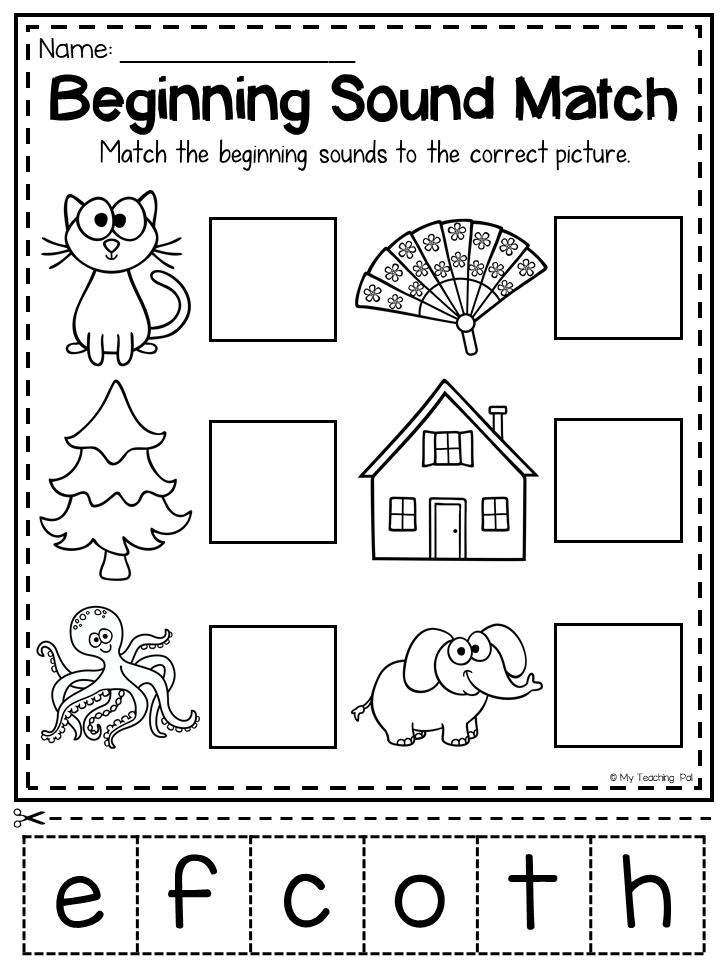 Fairy tale items . Remember what they are called magical objects in fairy tales.
Fairy tale items . Remember what they are called magical objects in fairy tales. 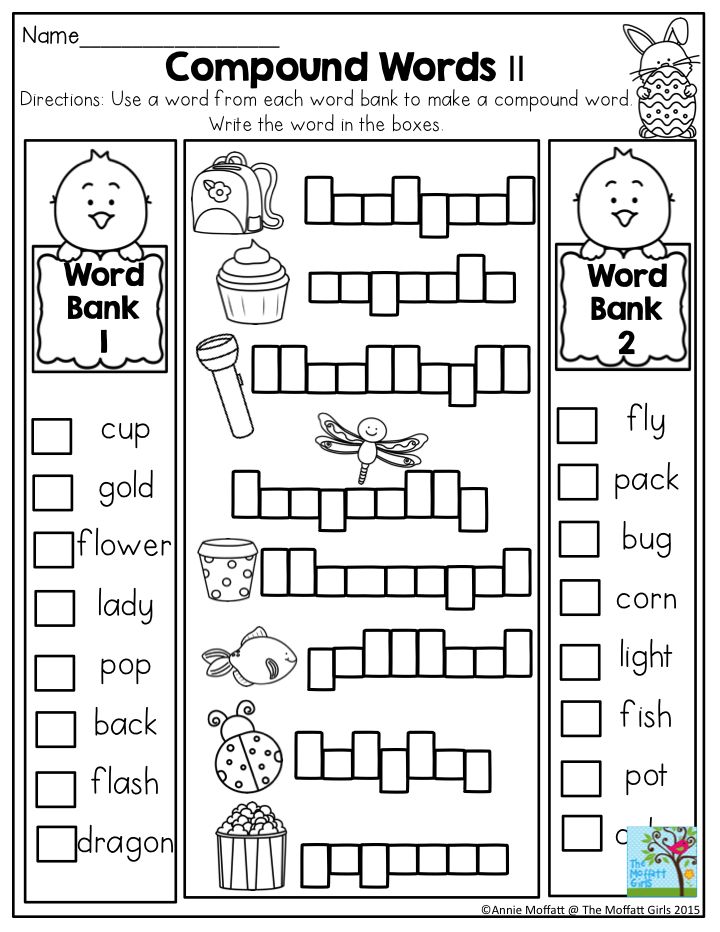 The meaning of the old name is often more specific and narrow, the meaning of the new more general and broad: hairdresser - the one who cuts hair and does hairstyles for men, women, and children.
The meaning of the old name is often more specific and narrow, the meaning of the new more general and broad: hairdresser - the one who cuts hair and does hairstyles for men, women, and children. 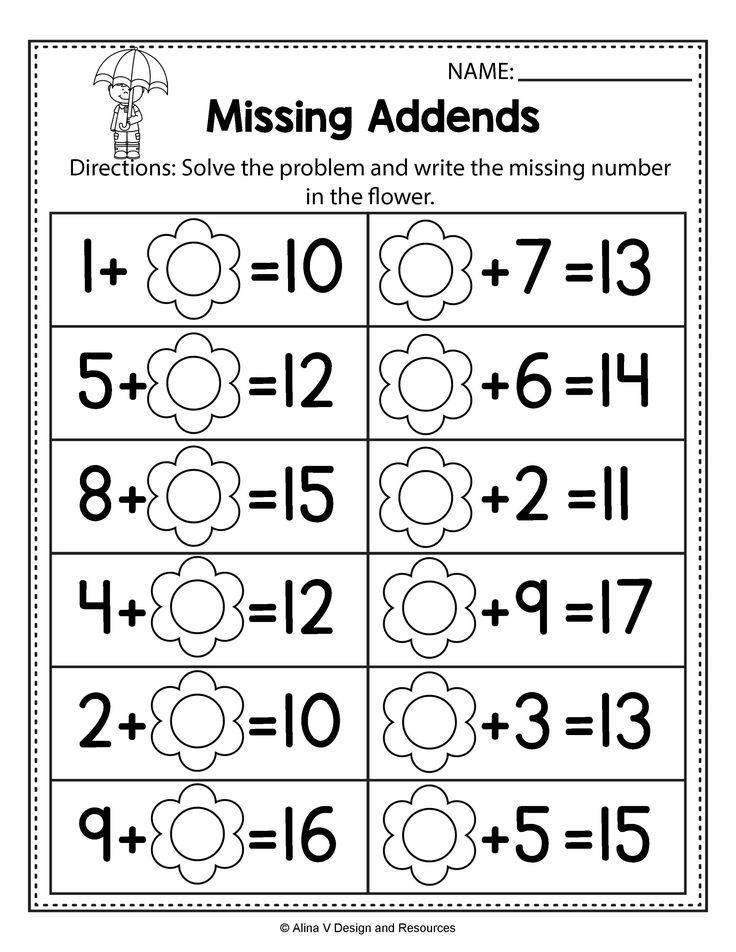 e. may refer to both males and females (except with feminine suffix -к- ).
e. may refer to both males and females (except with feminine suffix -к- ). 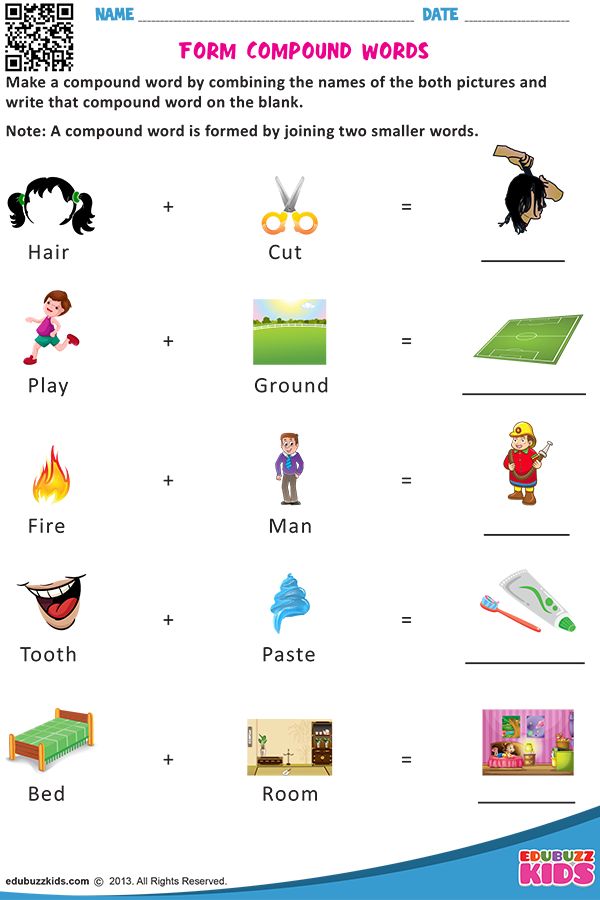 .. , The one (the one) who ... .
.. , The one (the one) who ... . 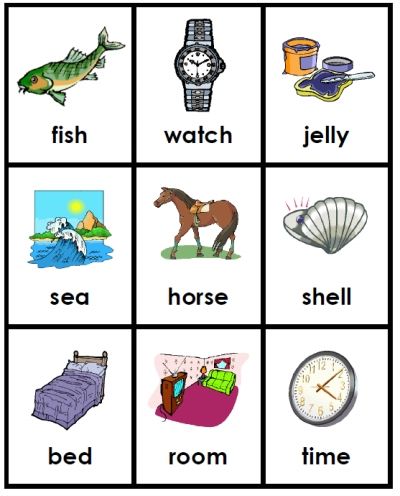
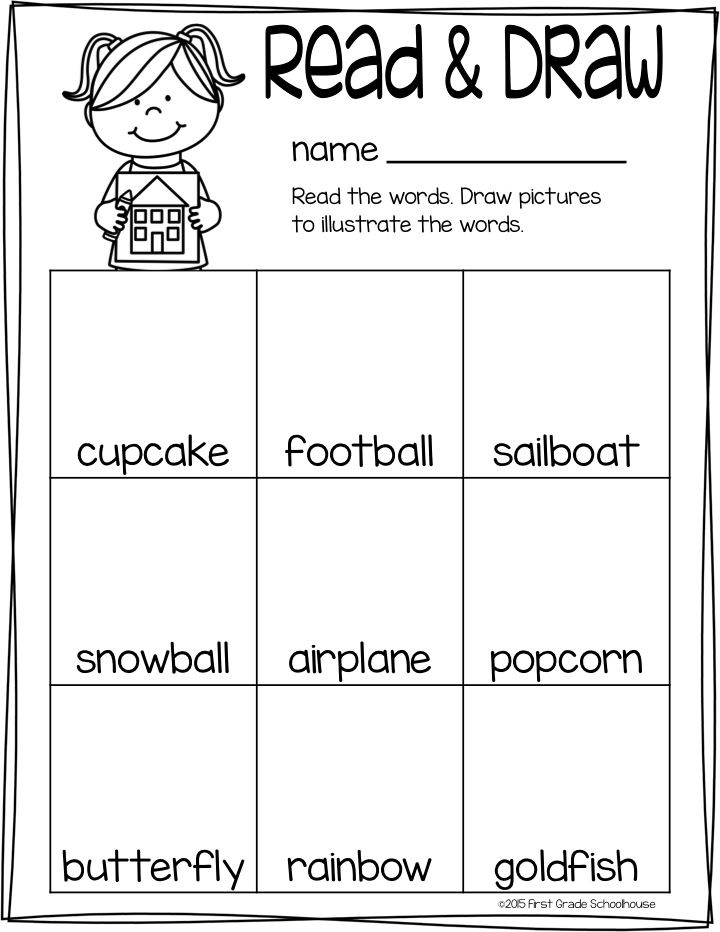
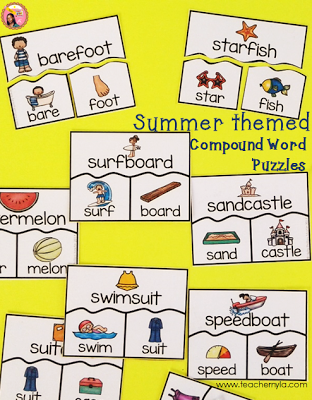 .. , for terrain and natural objects - Where...
.. , for terrain and natural objects - Where... 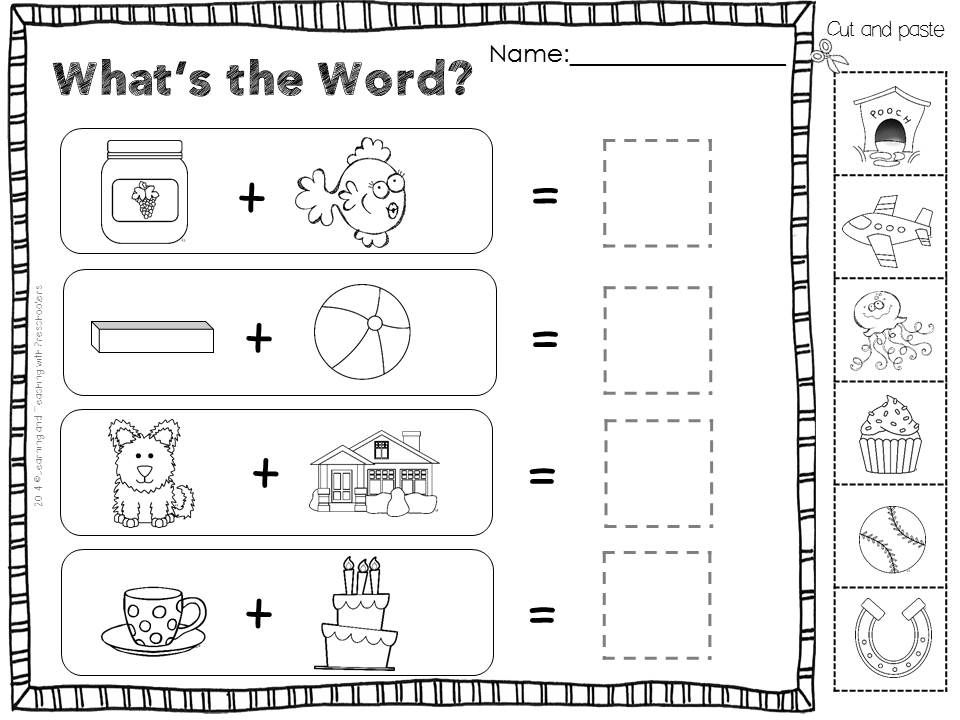 .. ?
.. ? 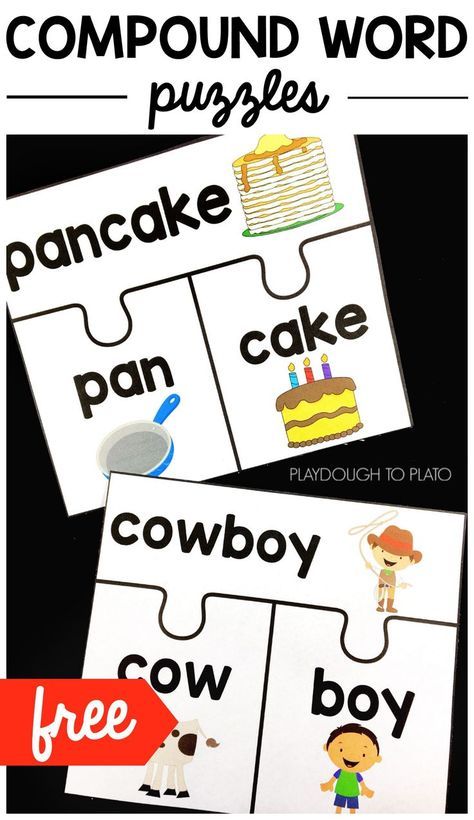
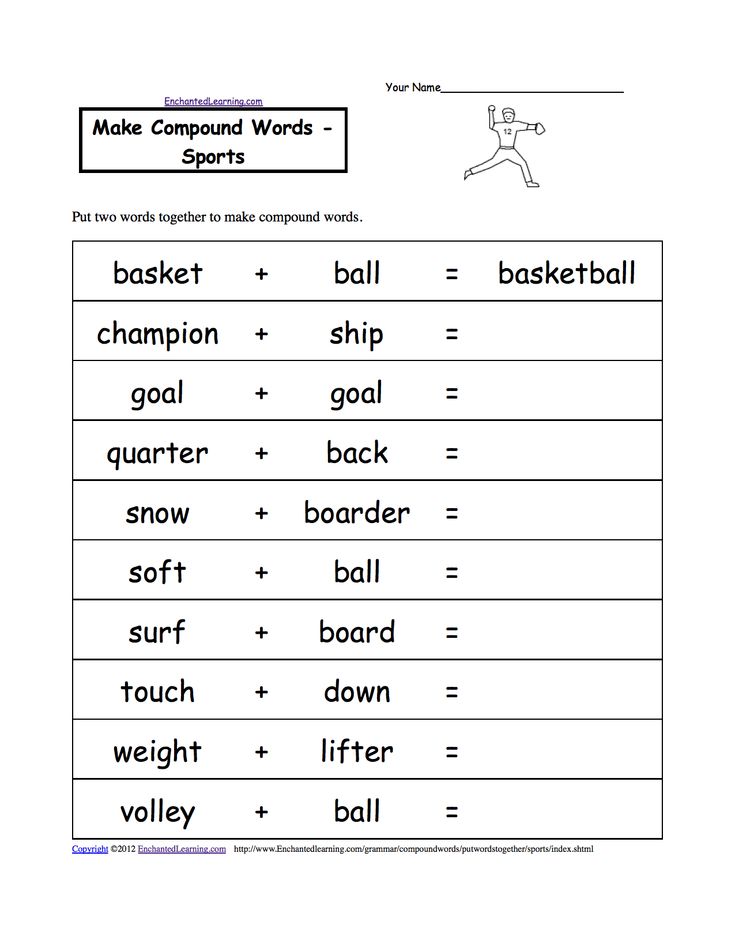 Write down the full :
Write down the full : 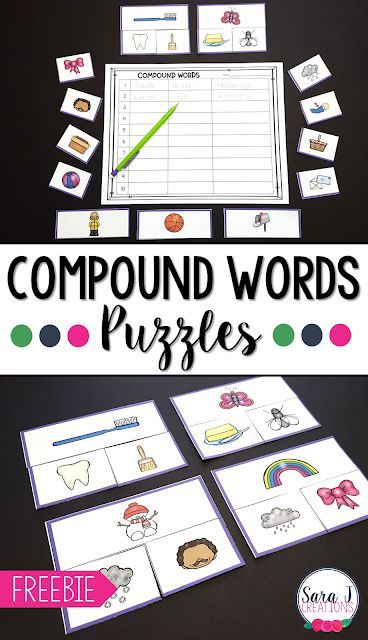 Marshak)
Marshak) 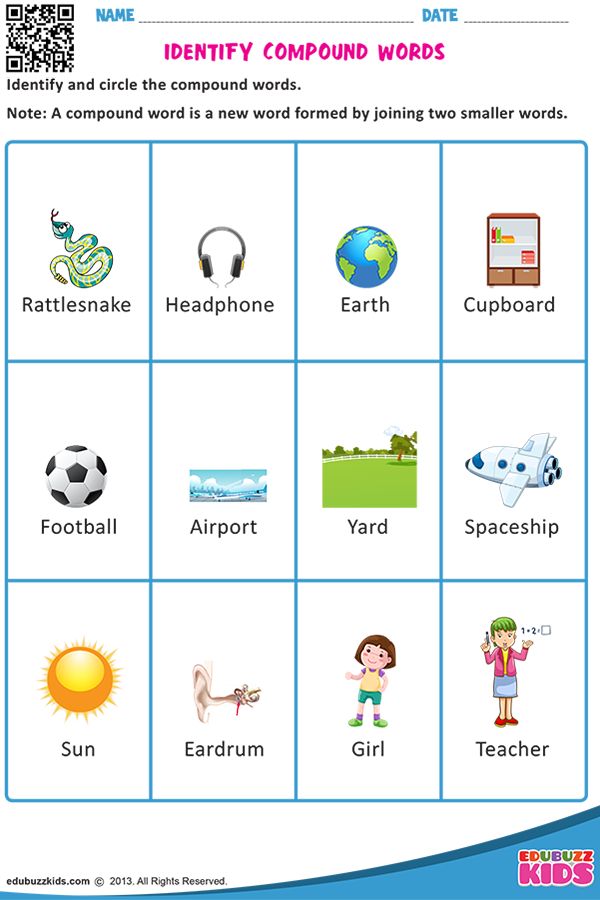 Not being able distinguish fiction from reality, Don Quixote fought windmills, and misfortune haunted him. (Read: M. de Cervantes. "Cunning Hidalgo Don Quixote of La Mancha)
Not being able distinguish fiction from reality, Don Quixote fought windmills, and misfortune haunted him. (Read: M. de Cervantes. "Cunning Hidalgo Don Quixote of La Mancha) 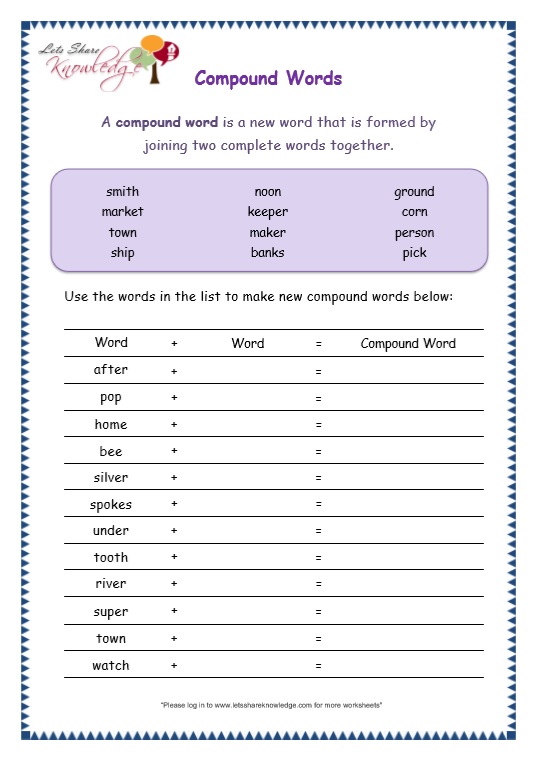
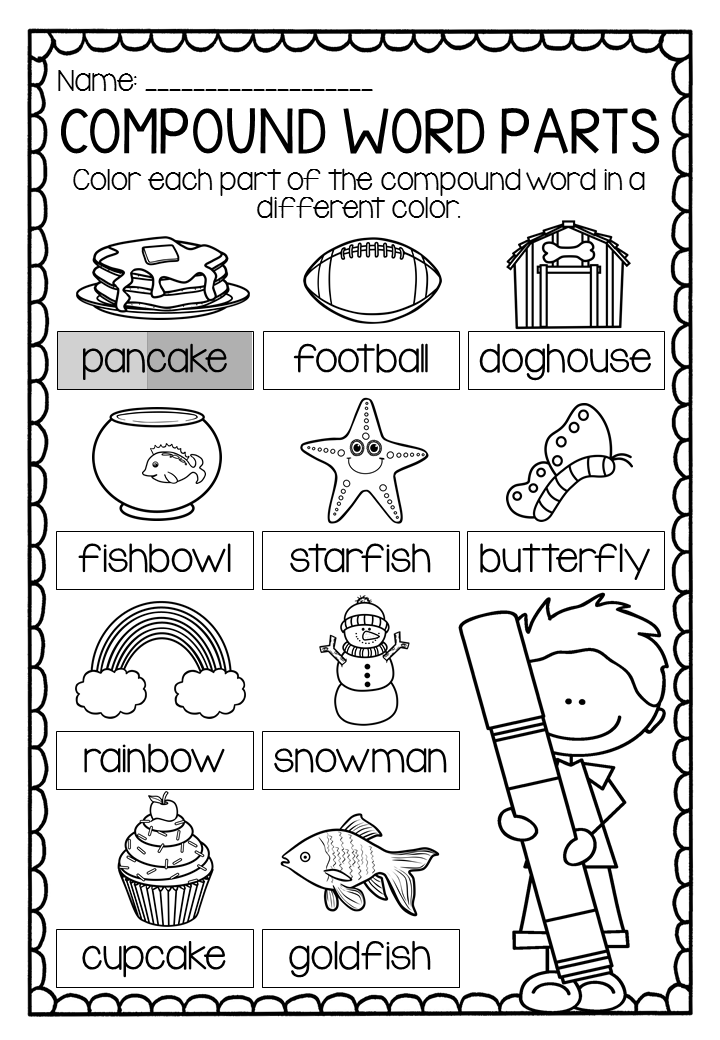 Game "Crossroads". Replace sentences with one word and write horizontally in a crossword puzzle. Highlight the roots connecting vowels.
Game "Crossroads". Replace sentences with one word and write horizontally in a crossword puzzle. Highlight the roots connecting vowels. 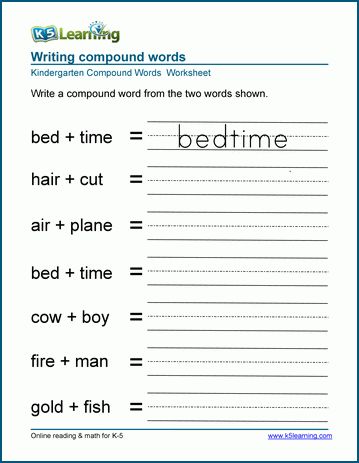 Screw that itself cuts a thread.
Screw that itself cuts a thread.  Compose and write compound words. Highlight roots and underline connecting vowel.
Compose and write compound words. Highlight roots and underline connecting vowel. 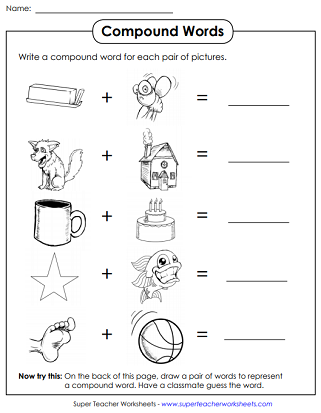
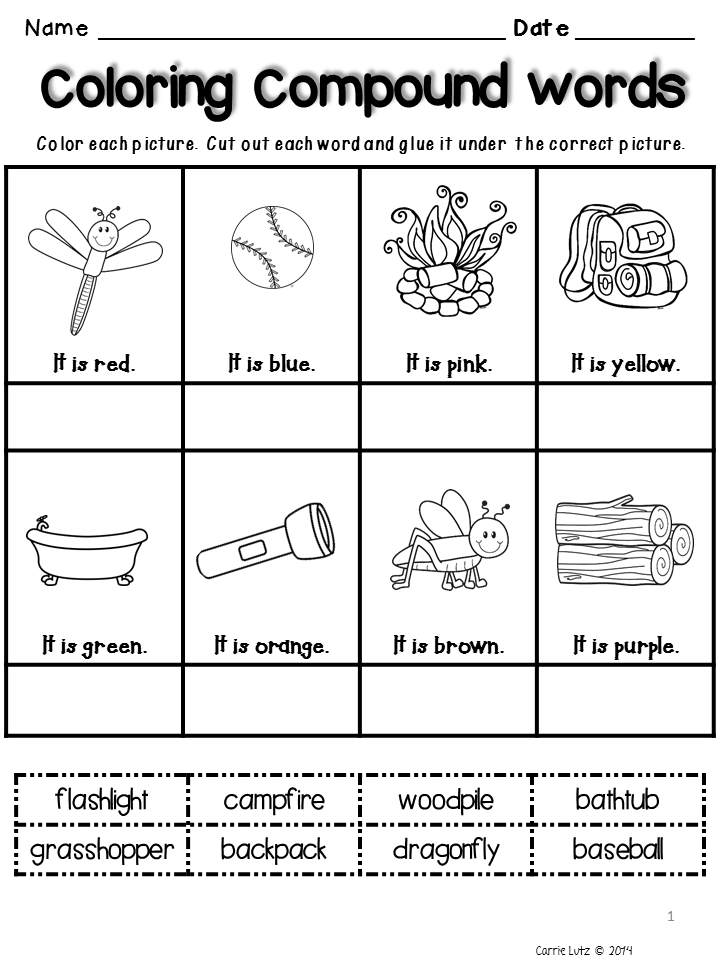

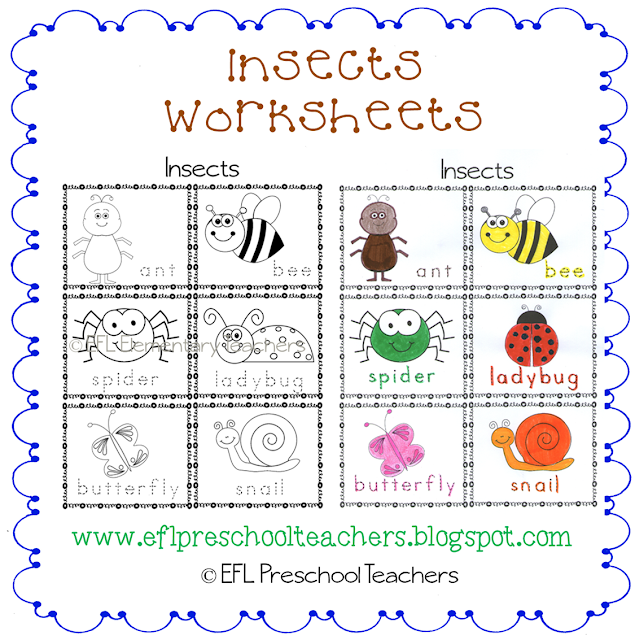 (Pedestrian)
(Pedestrian) 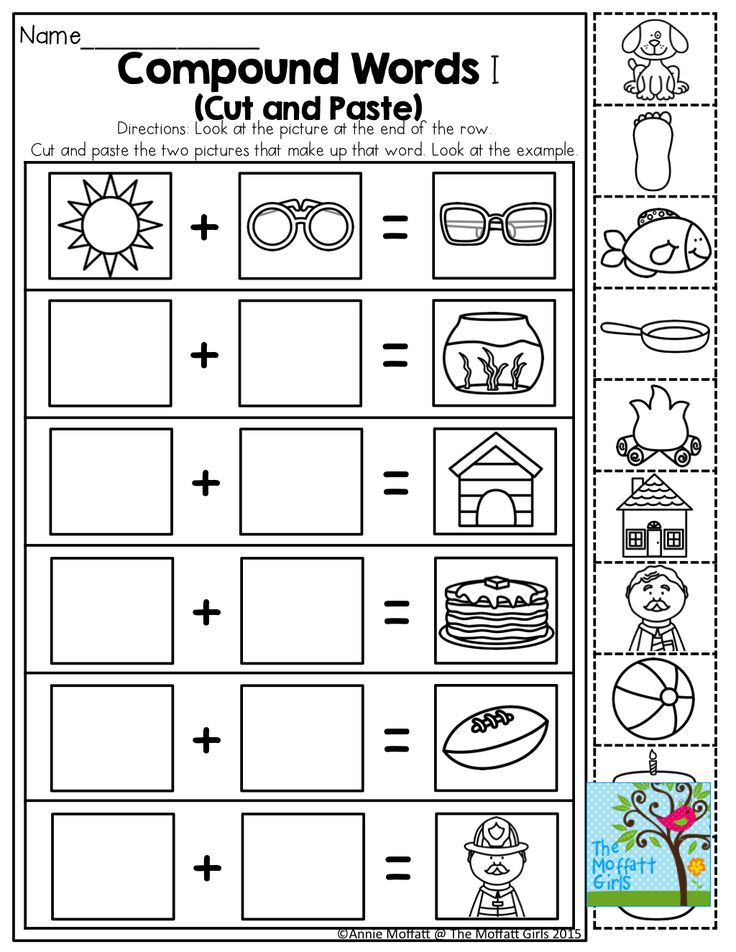
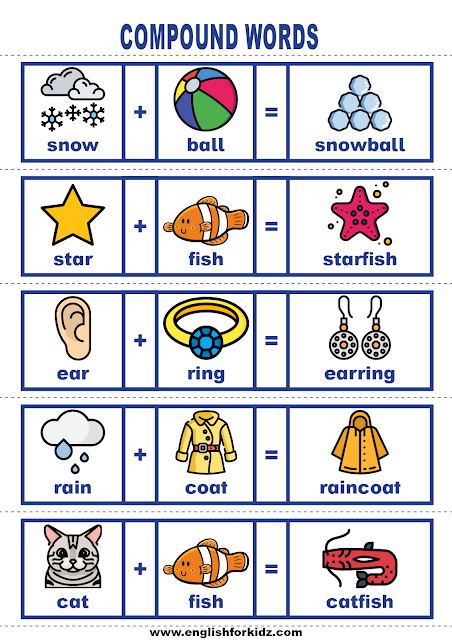 Inventions. Underline the vehicle names, you will keep the names devices and mechanisms.
Inventions. Underline the vehicle names, you will keep the names devices and mechanisms. 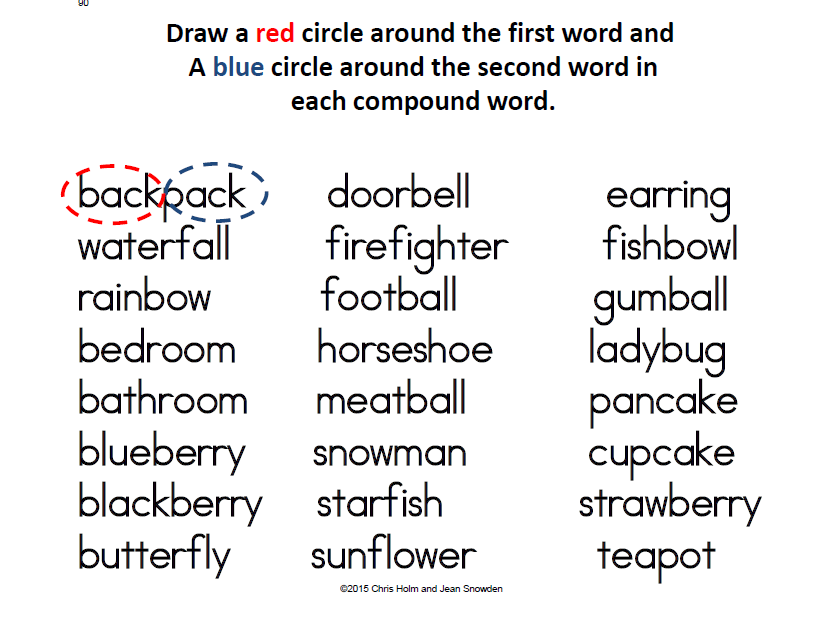 .pad shallow water
.pad shallow water 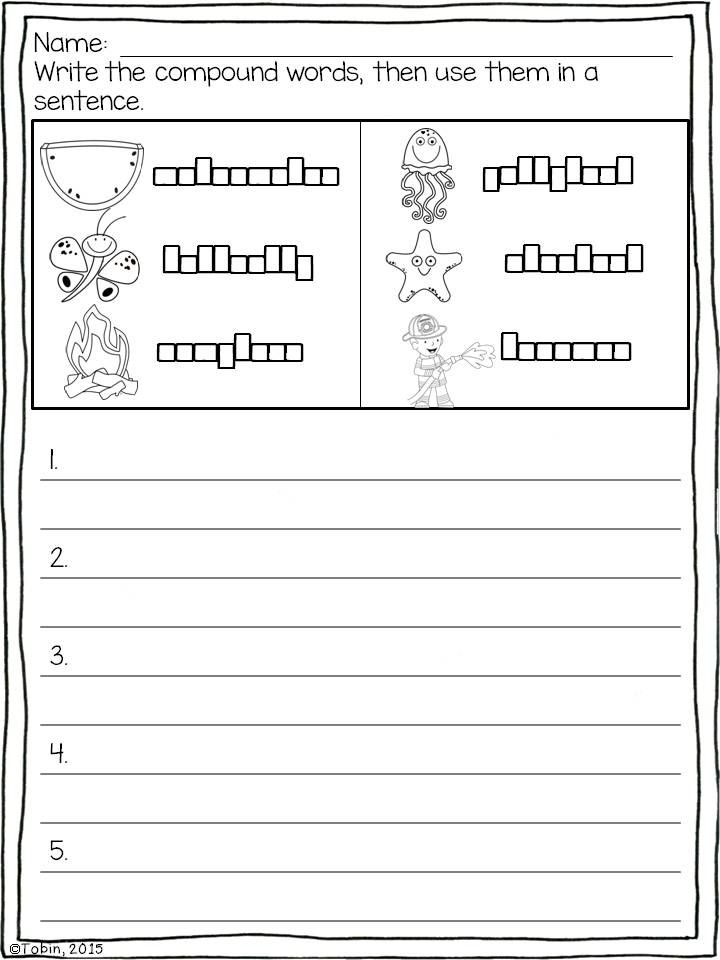 . a new performance for kids.
. a new performance for kids. 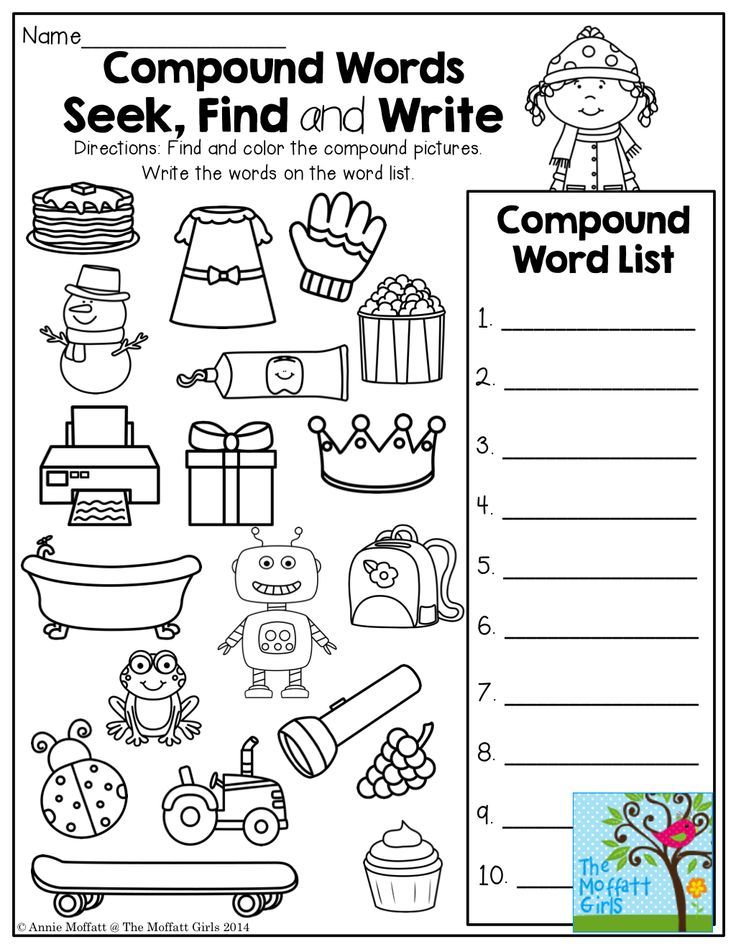 Not being able distinguish fiction from reality, Don Quixote fought windmills, and misfortune haunted him. (Read the book by M. de Cervantes "Cunning Hidalgo Don Quixote of La Mancha)
Not being able distinguish fiction from reality, Don Quixote fought windmills, and misfortune haunted him. (Read the book by M. de Cervantes "Cunning Hidalgo Don Quixote of La Mancha) 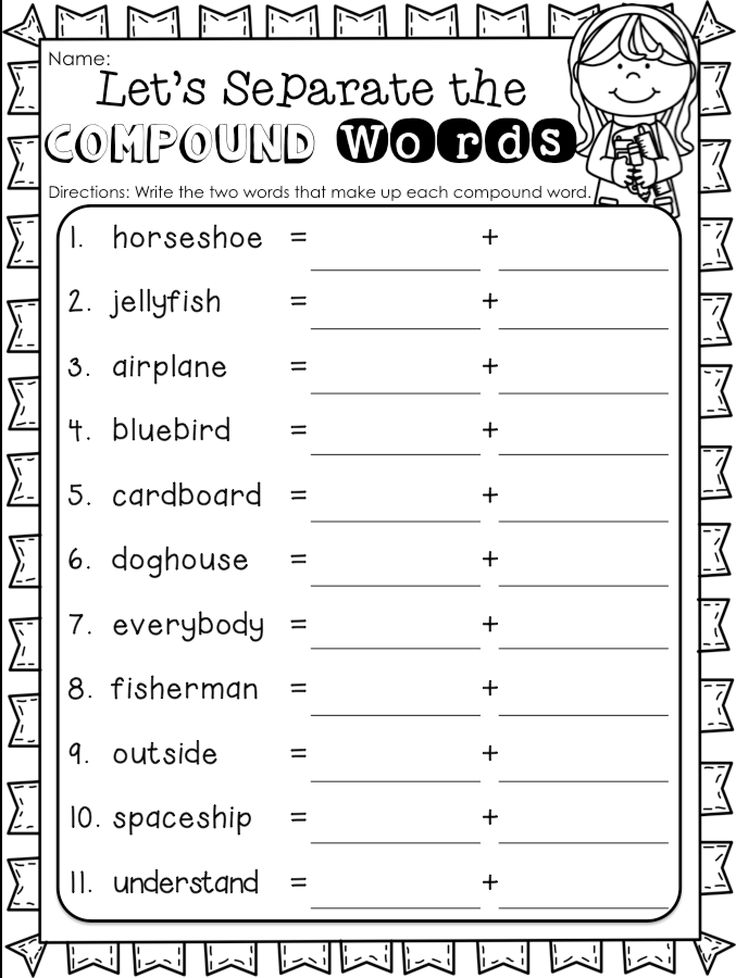 We compose a fairy tale (game) . Try to compose your own fairy tale (game). To do this, you can use the scheme:
We compose a fairy tale (game) . Try to compose your own fairy tale (game). To do this, you can use the scheme: 